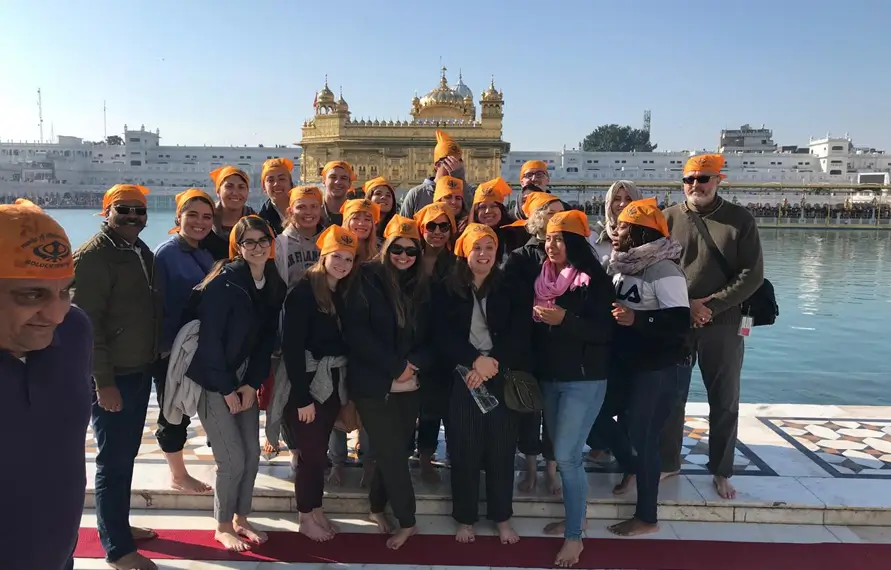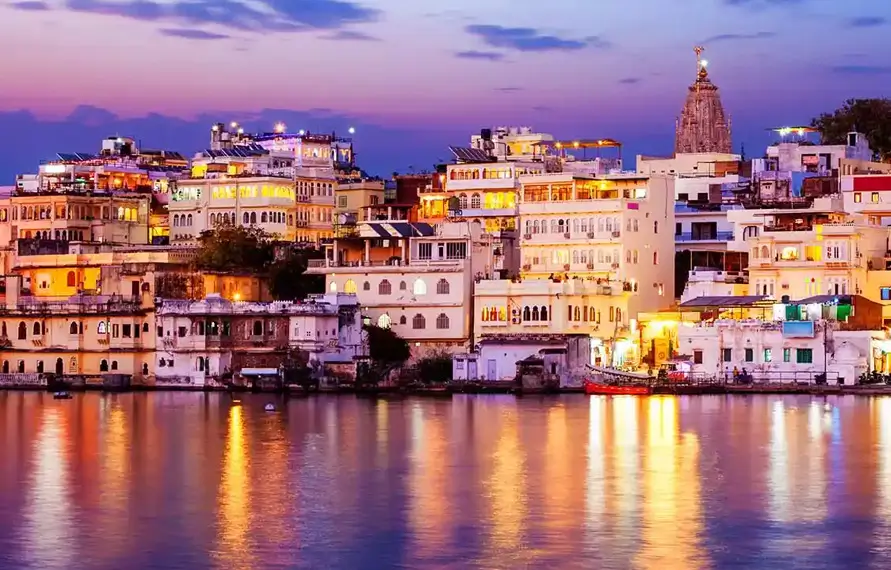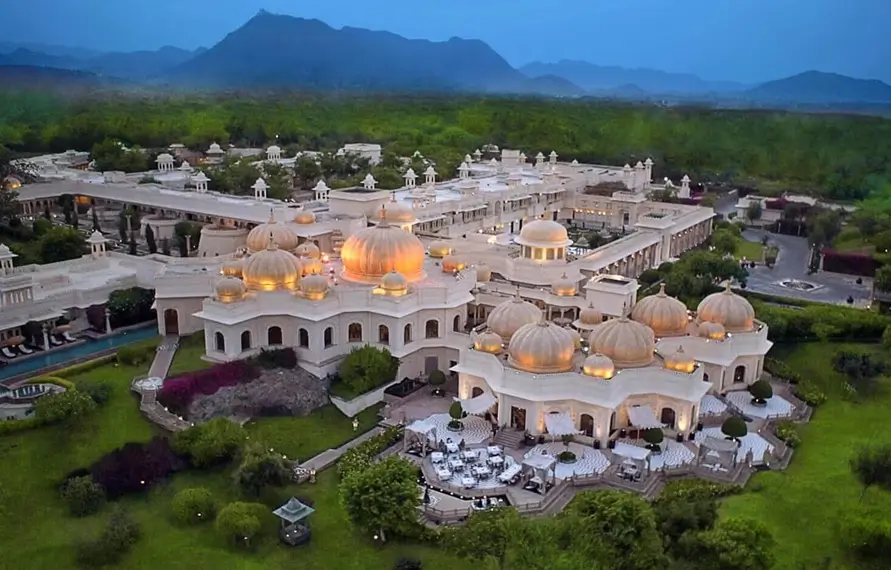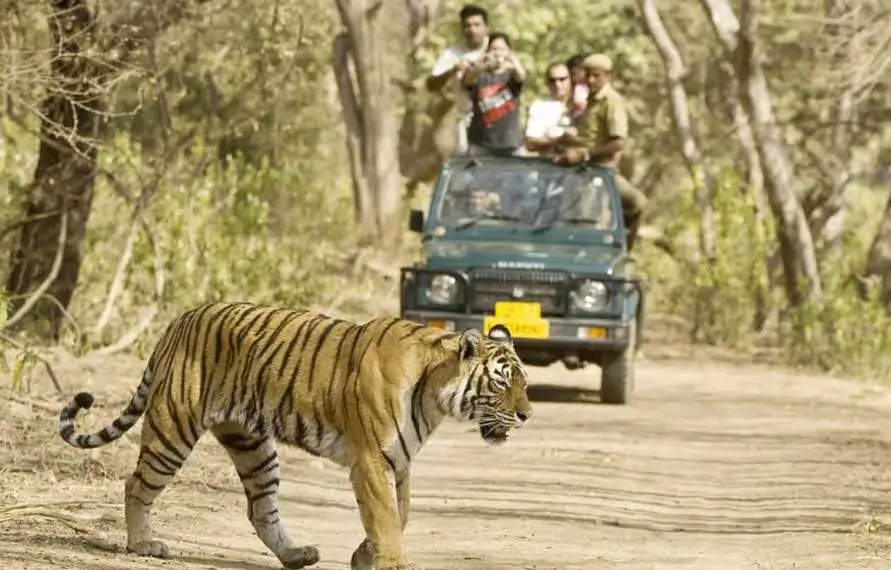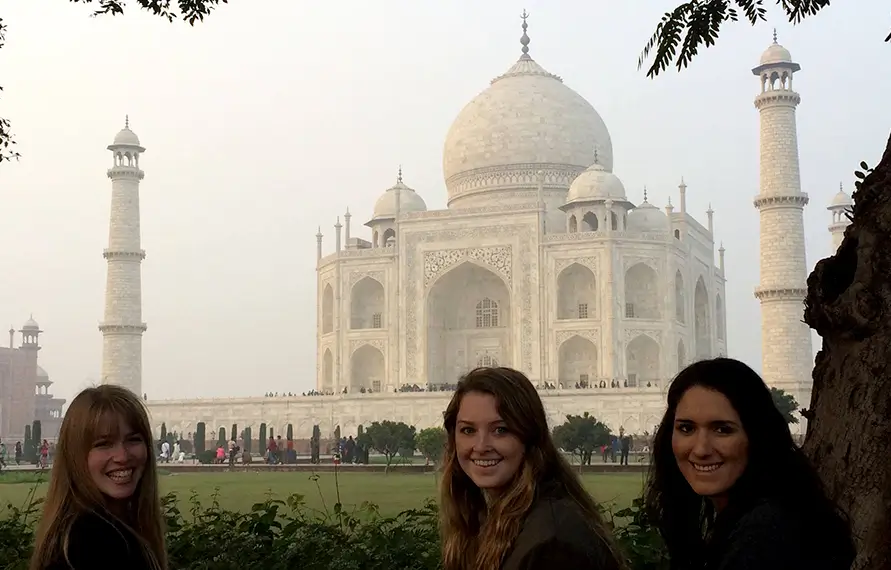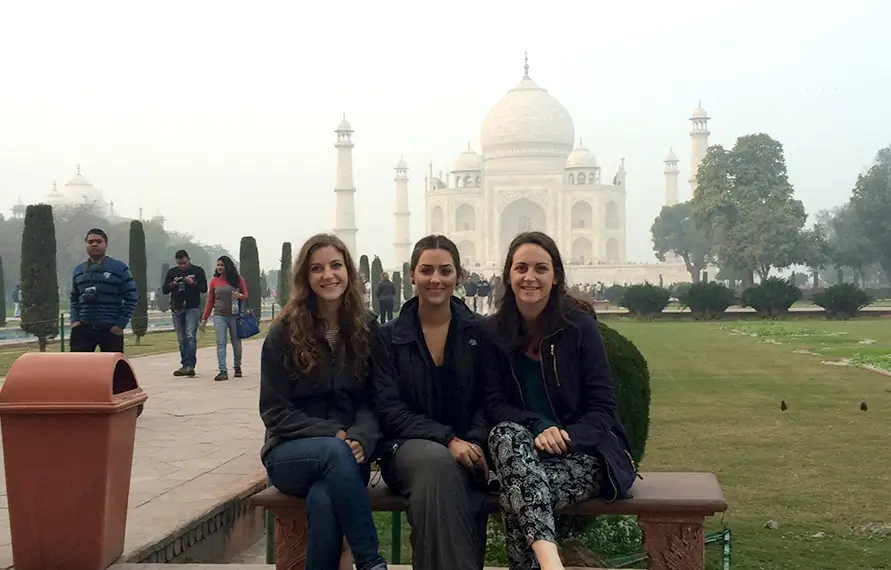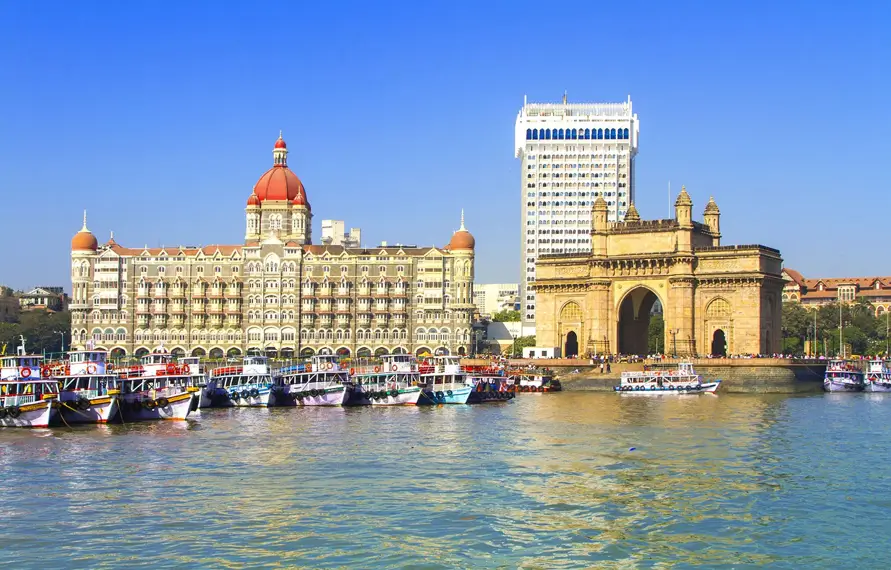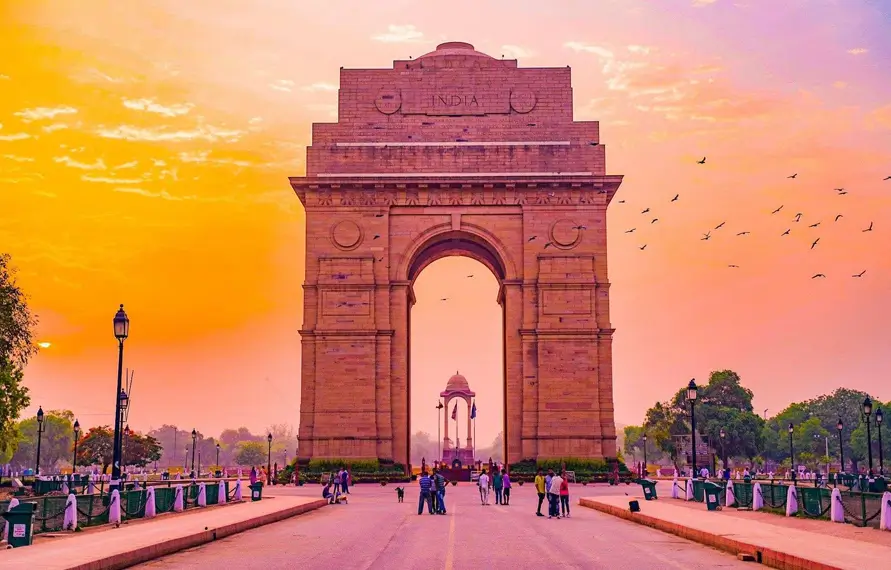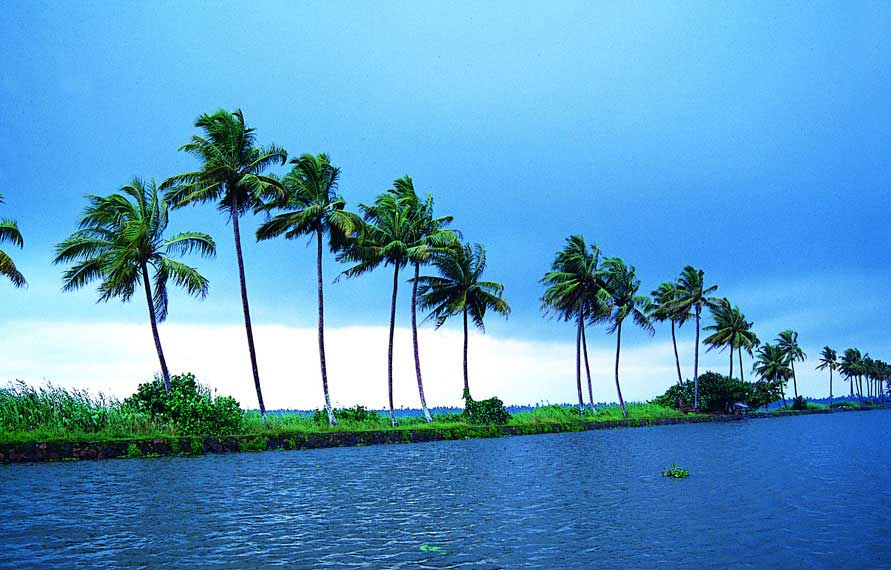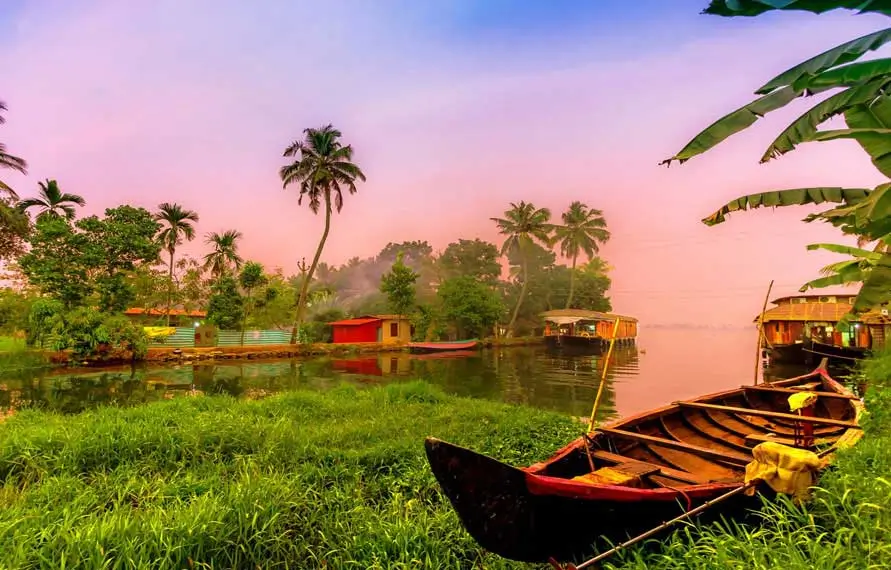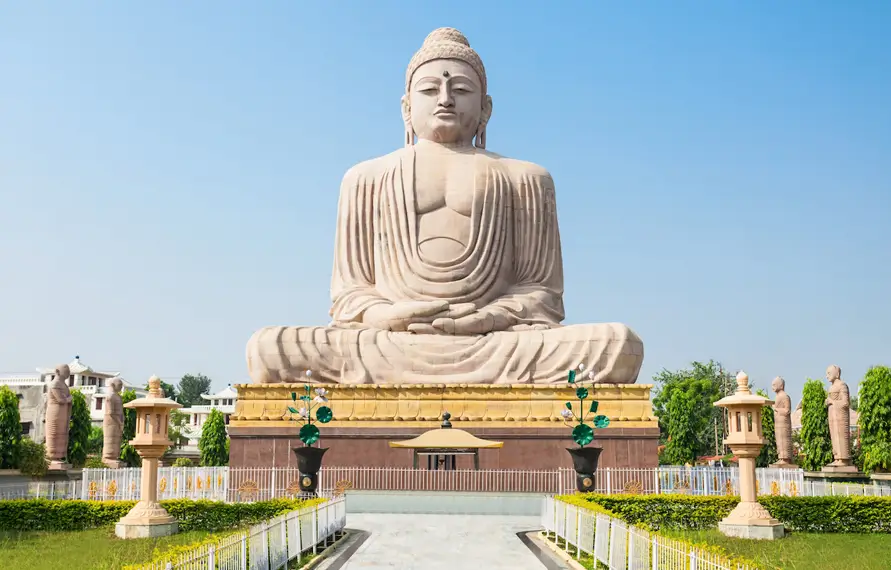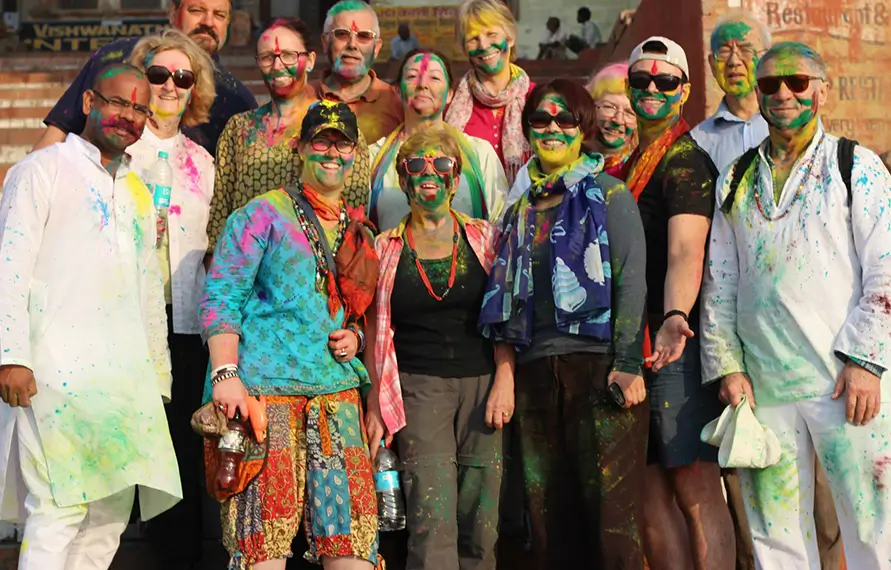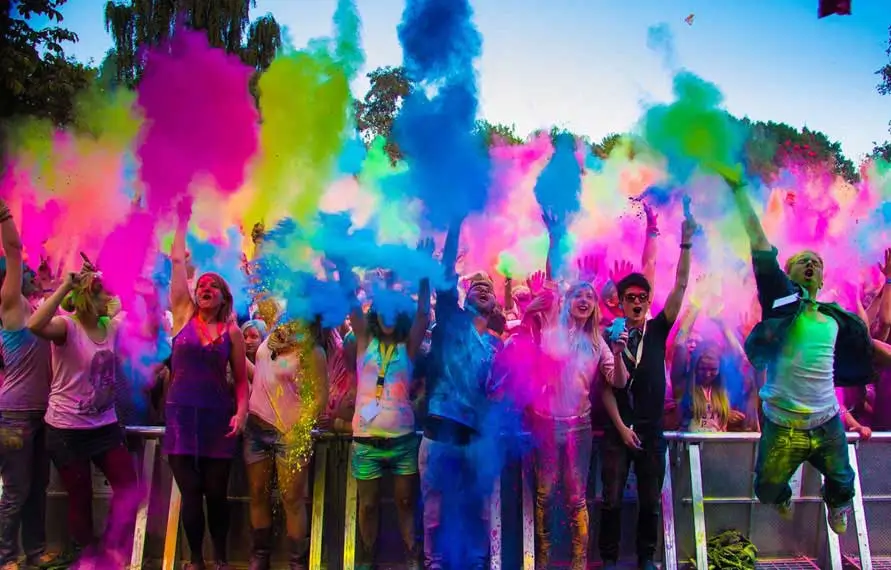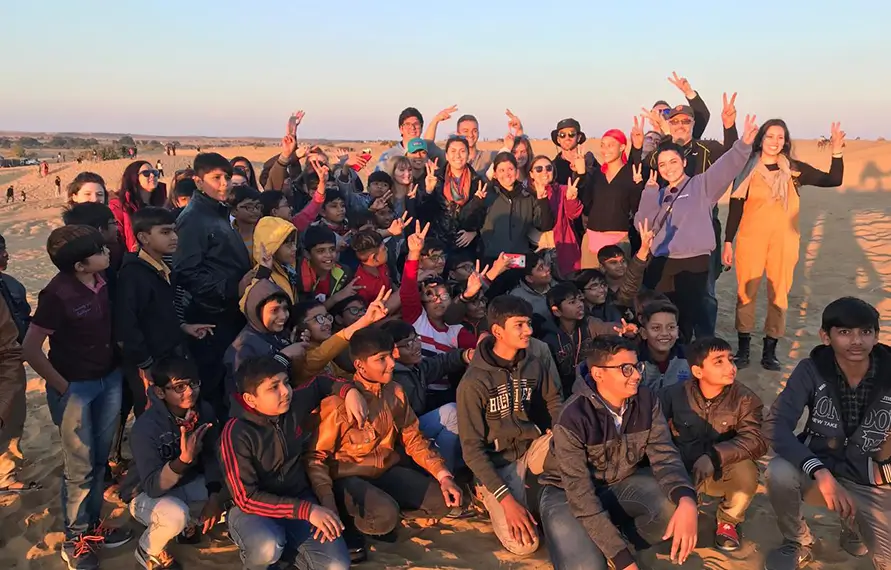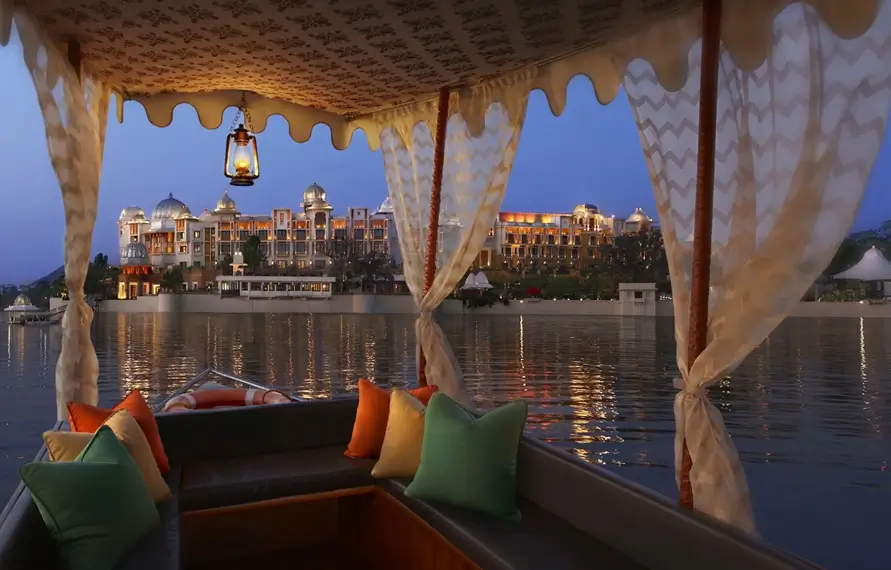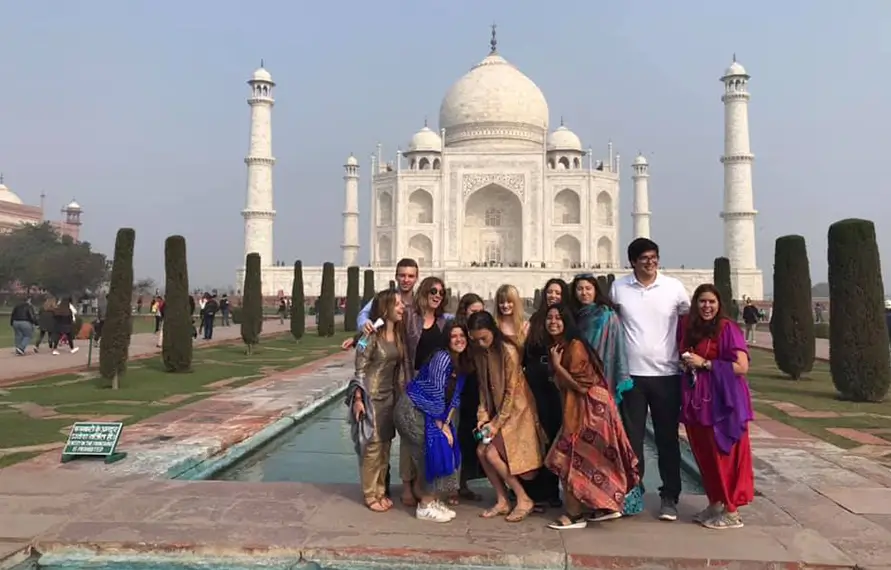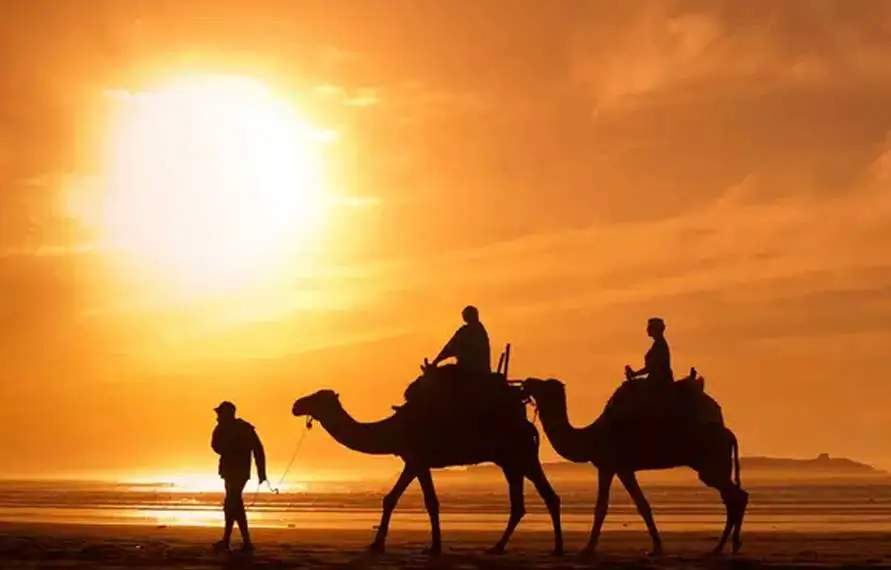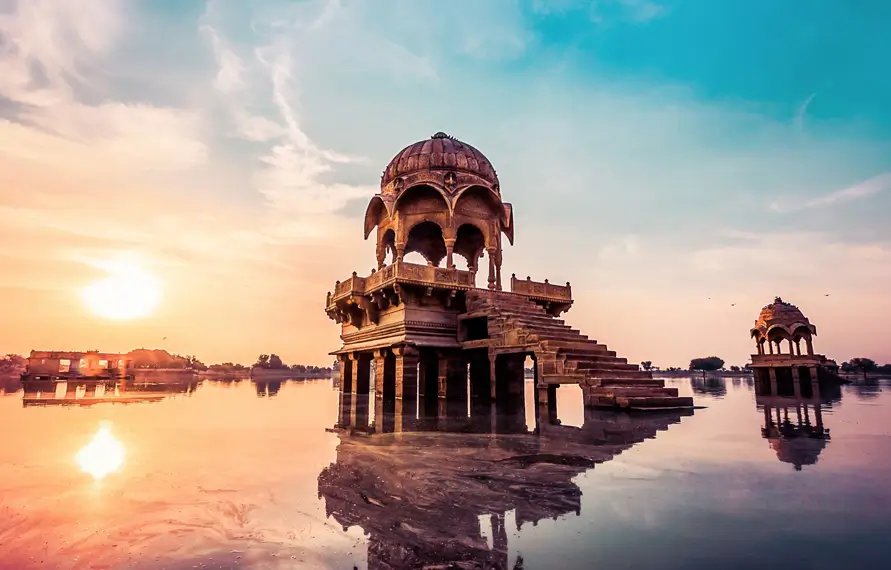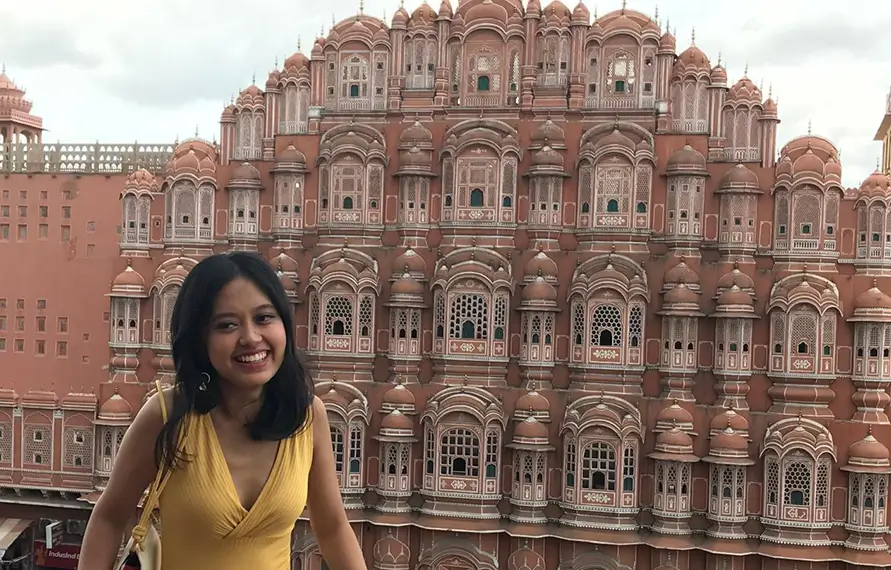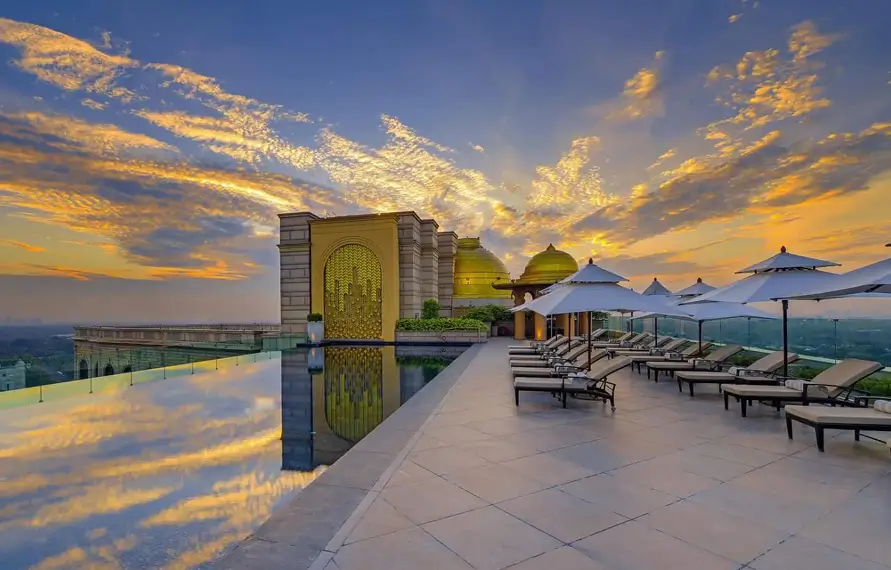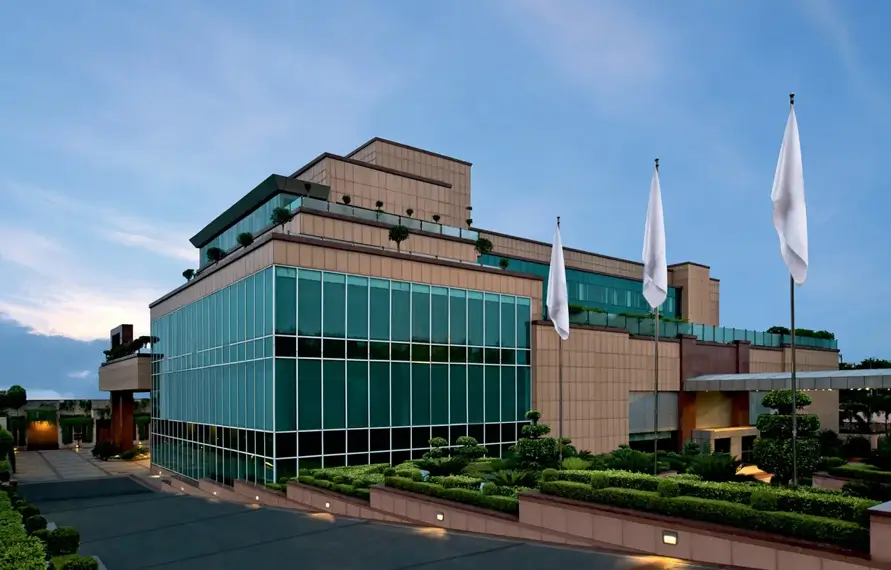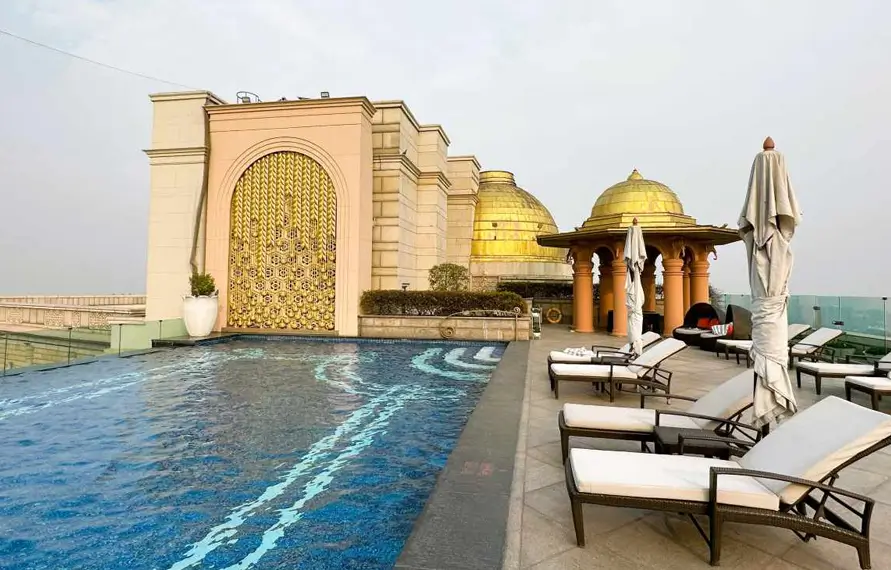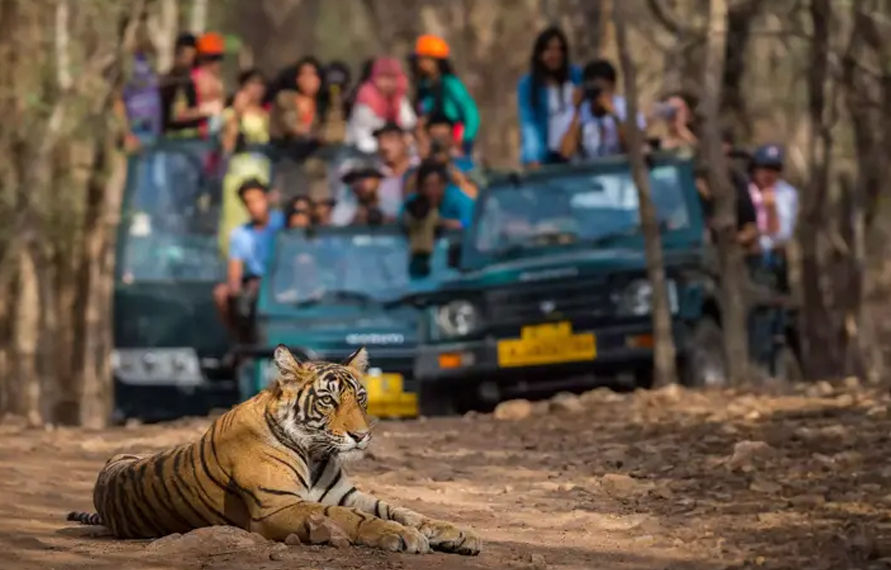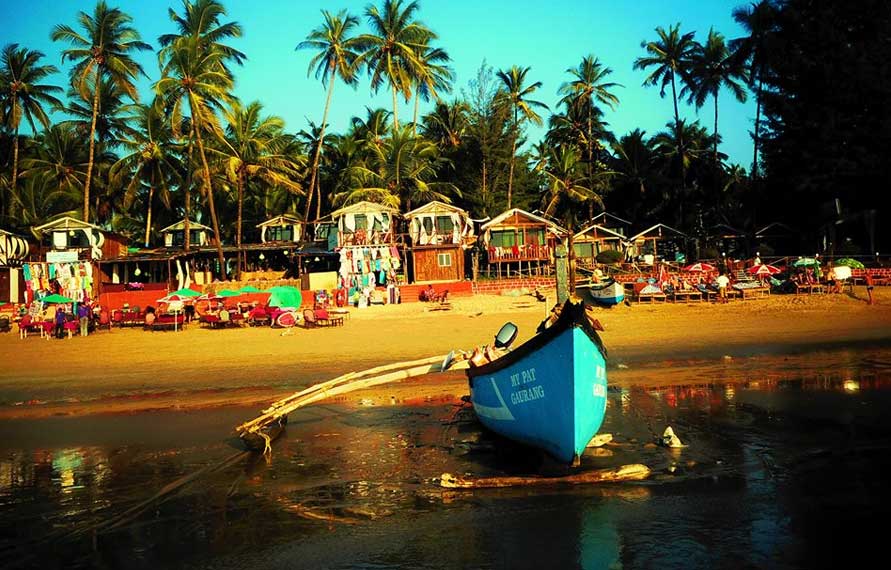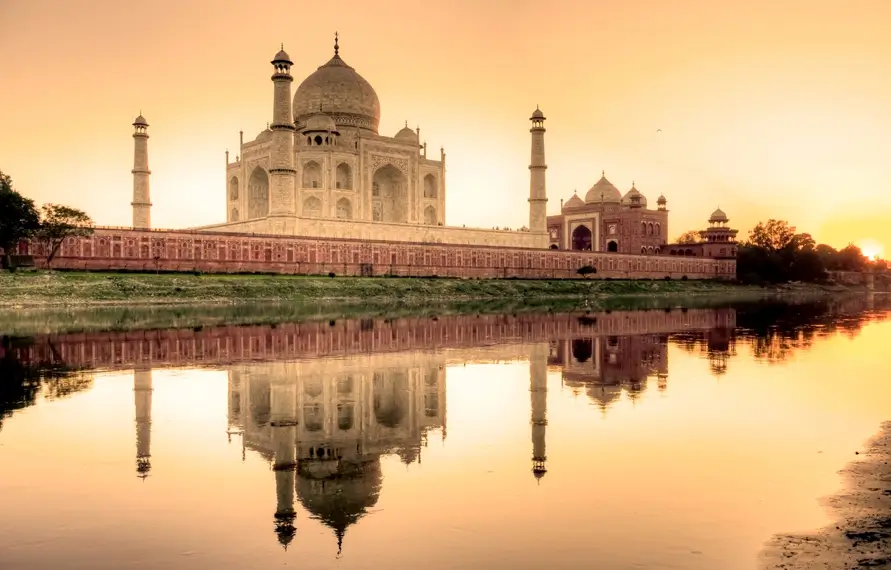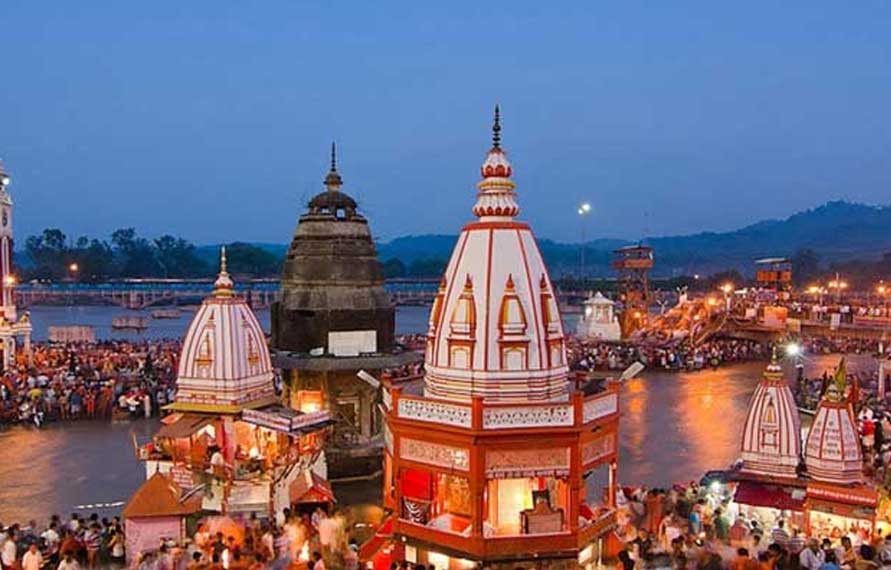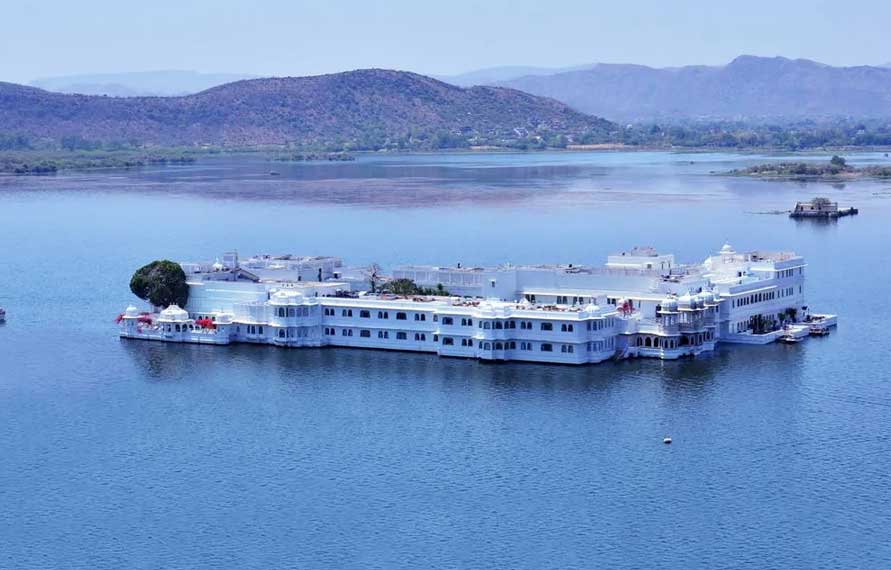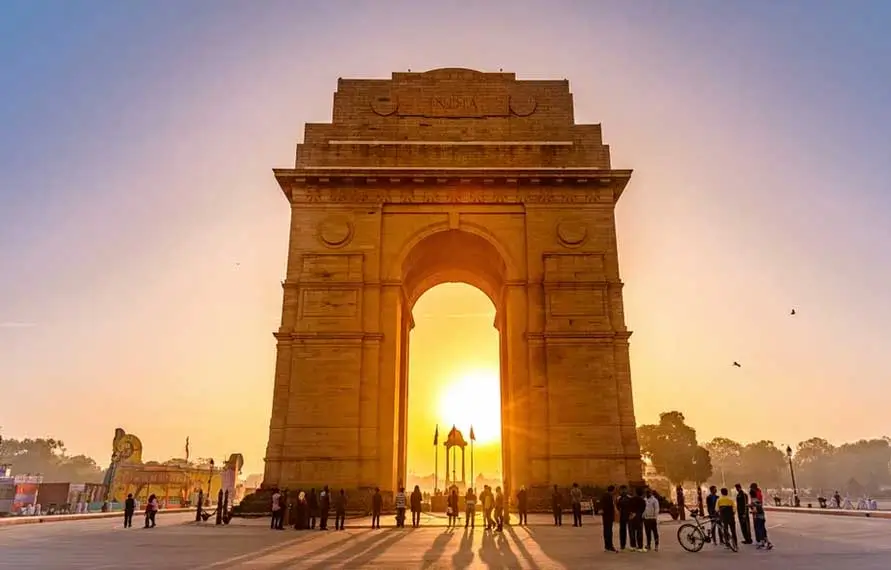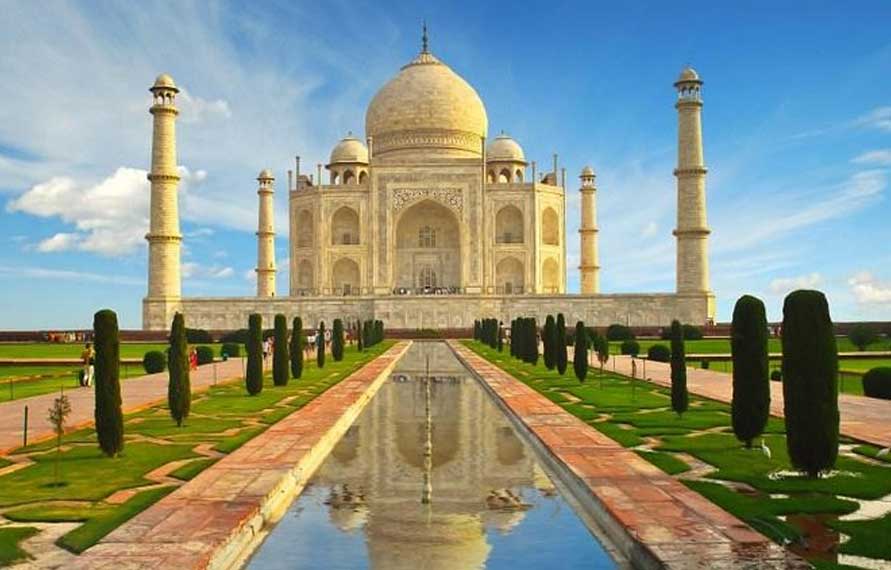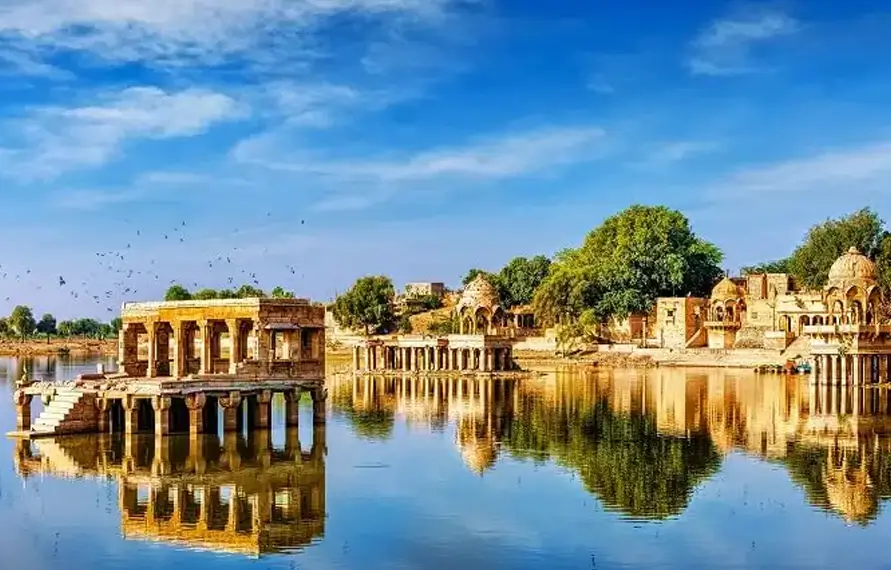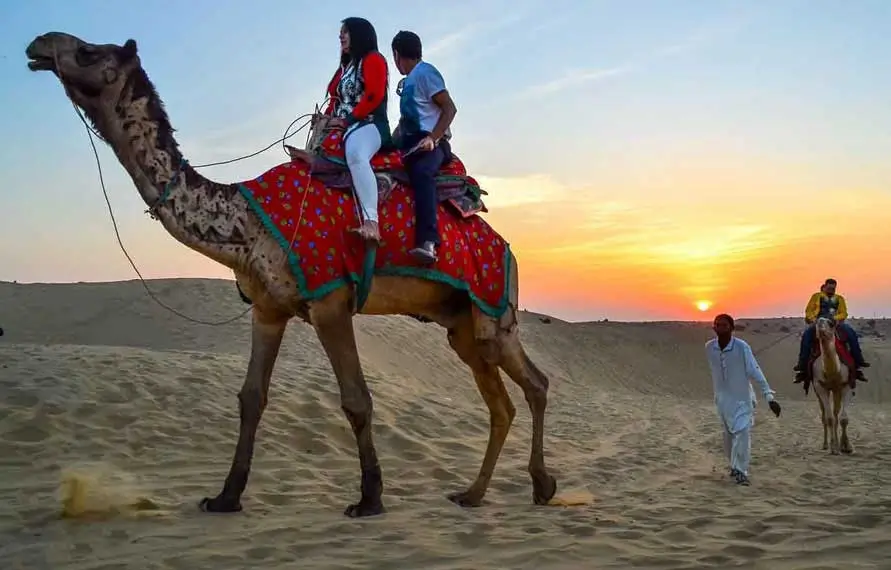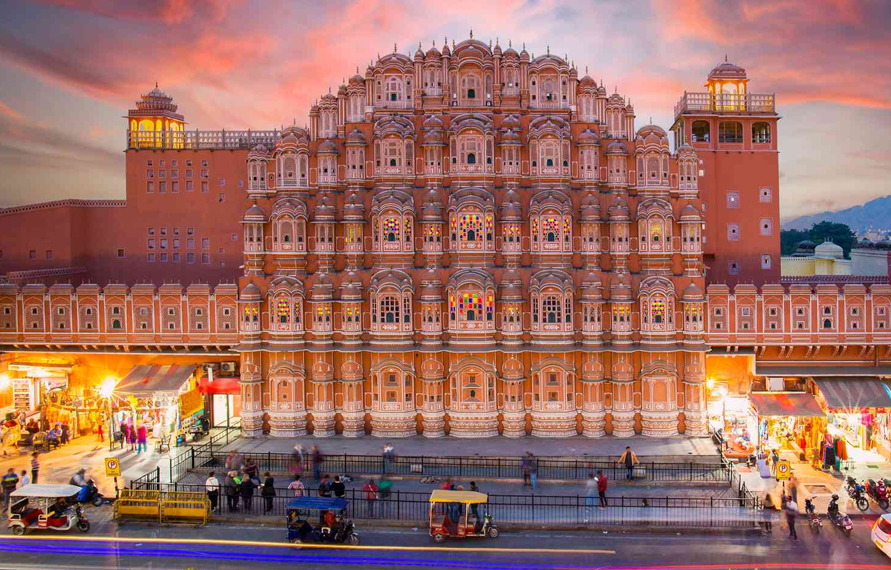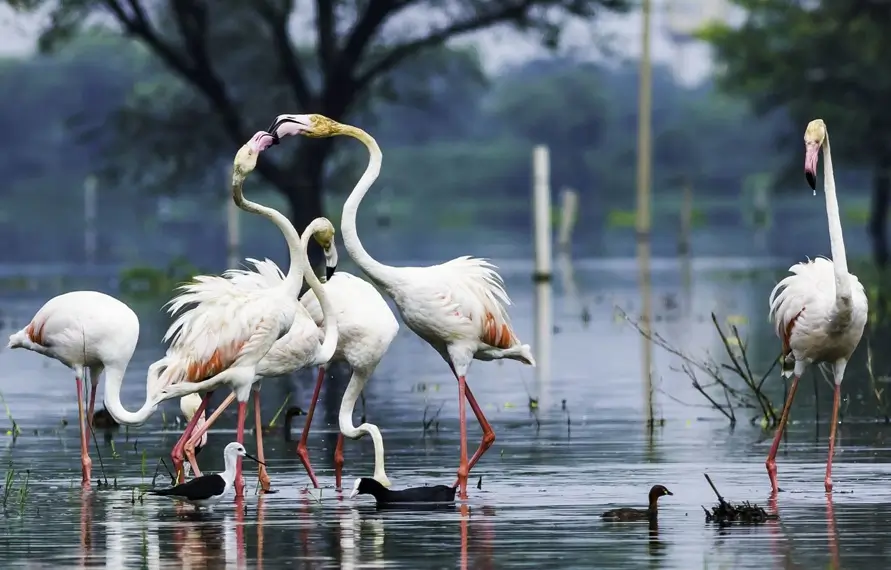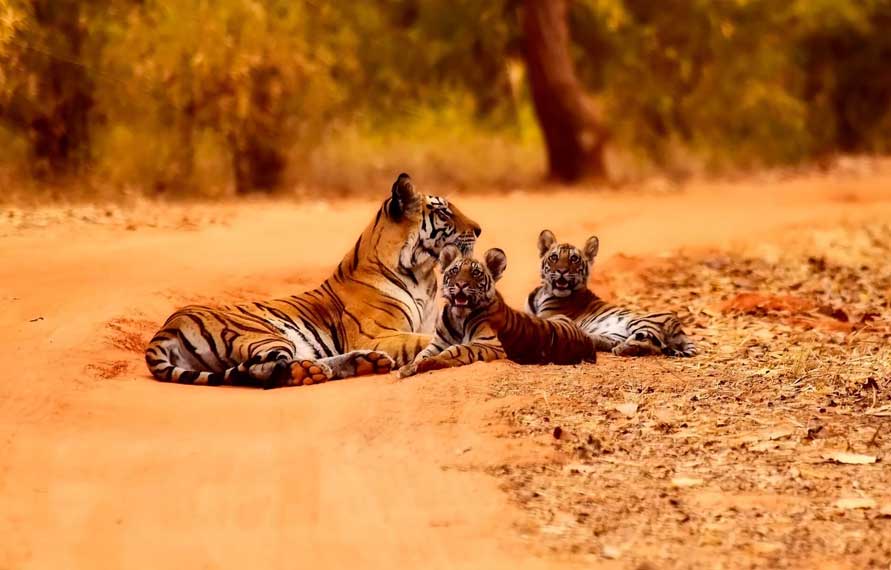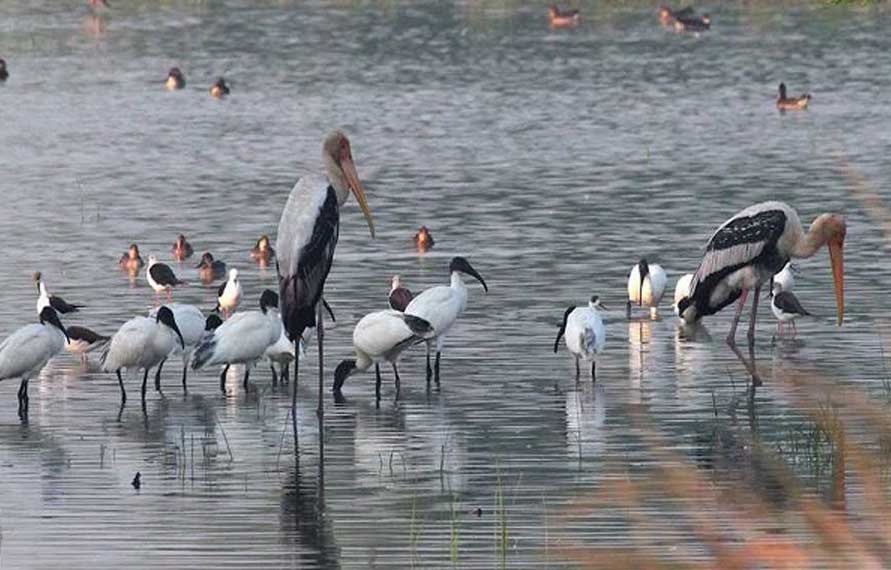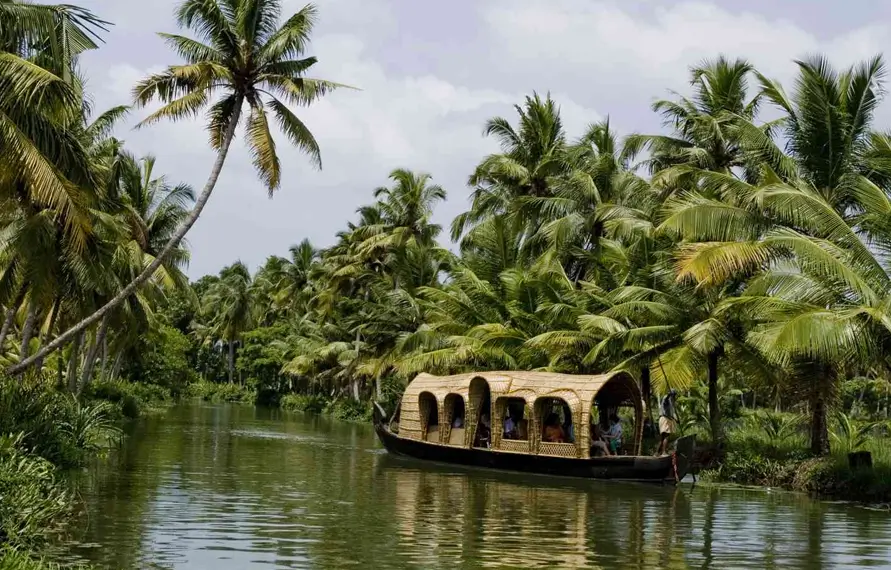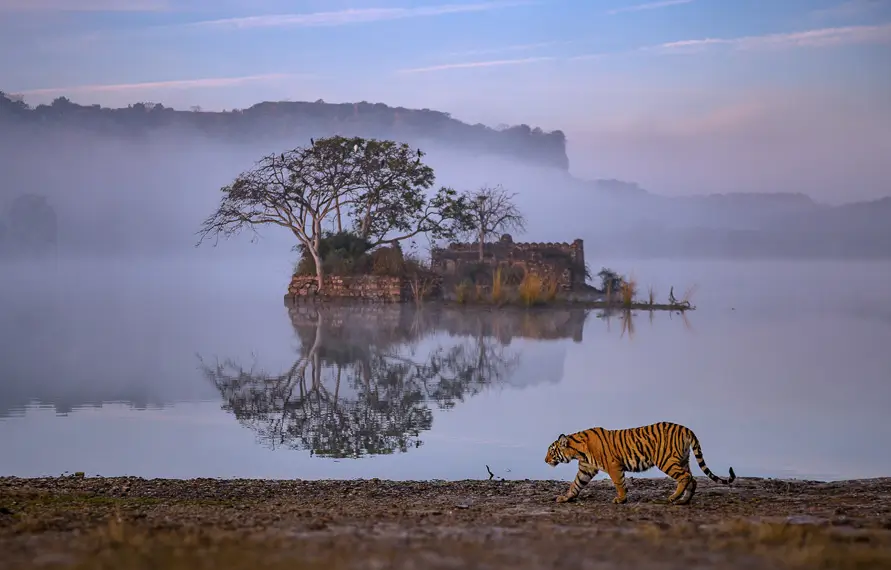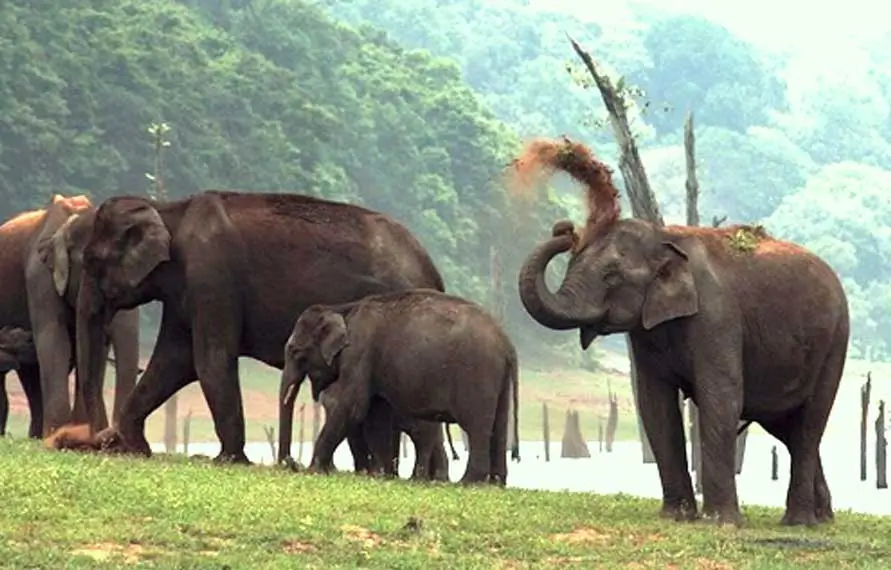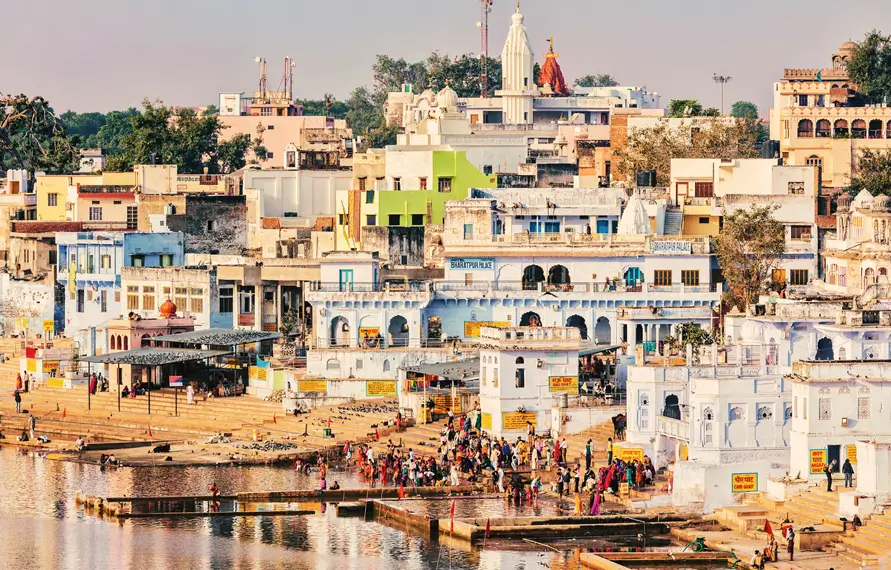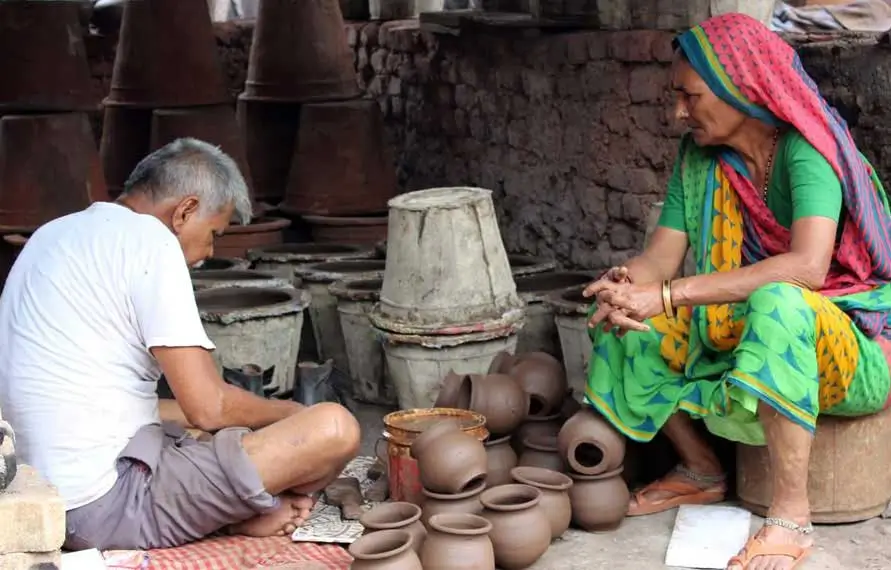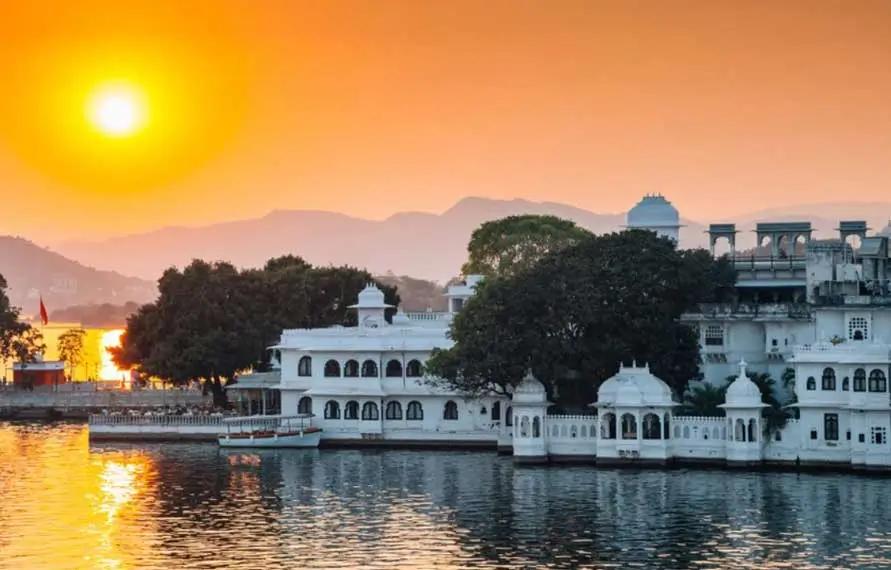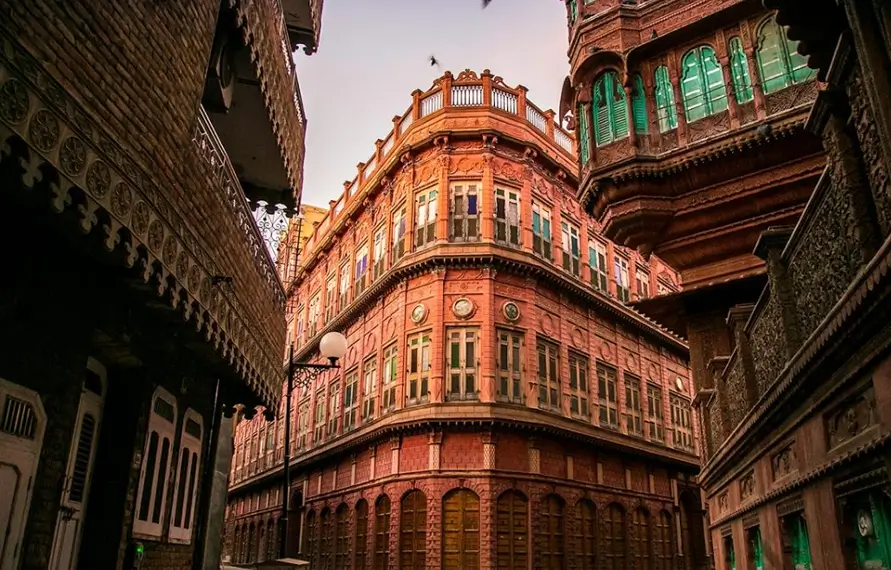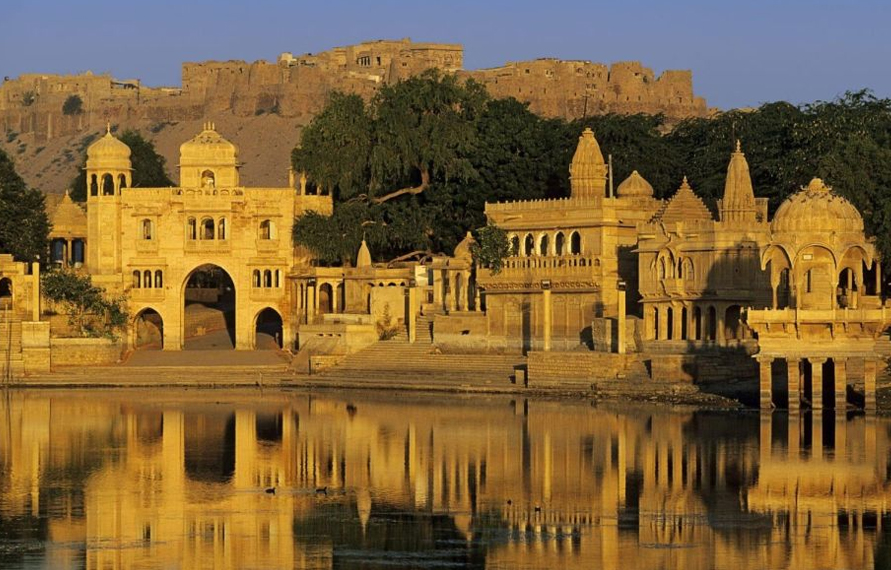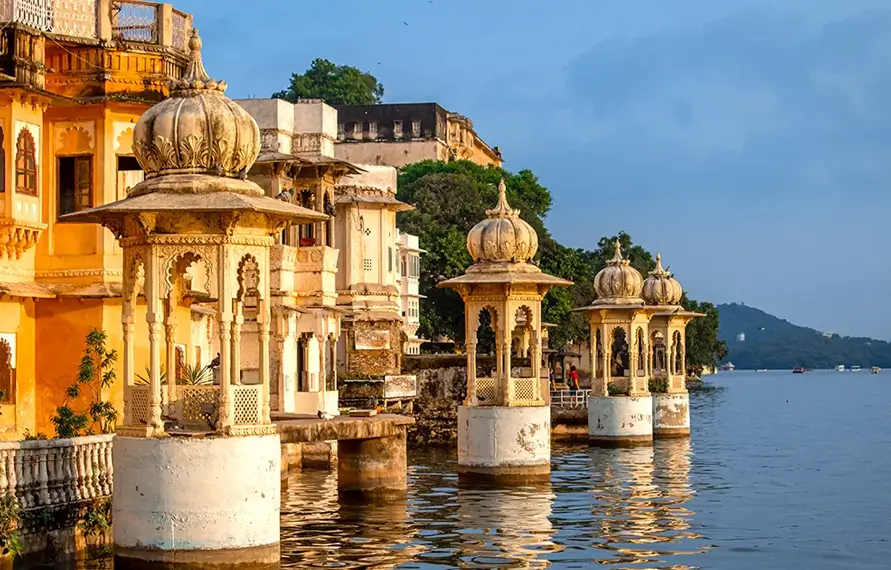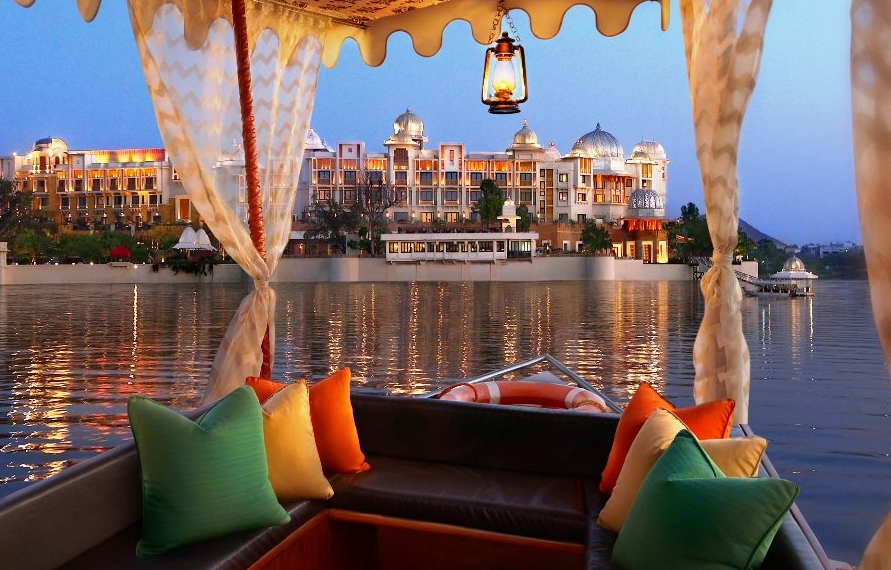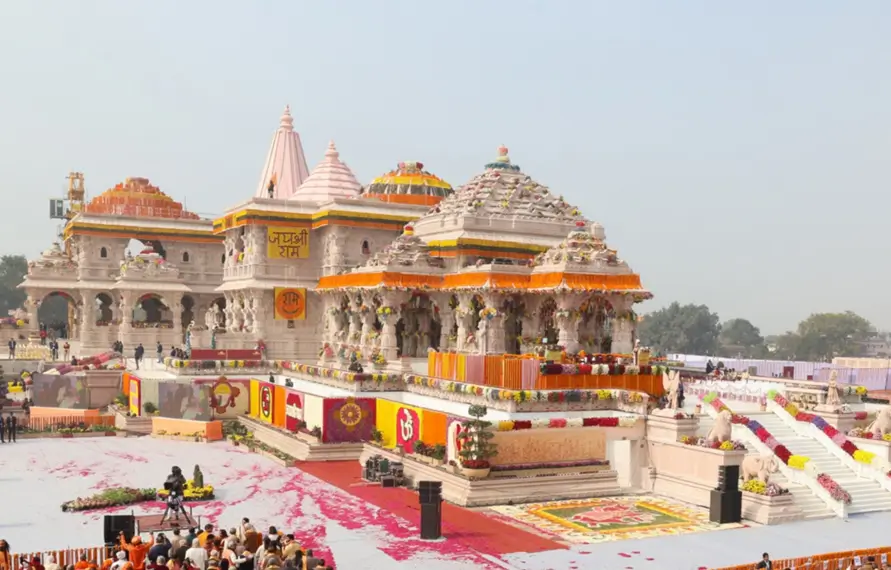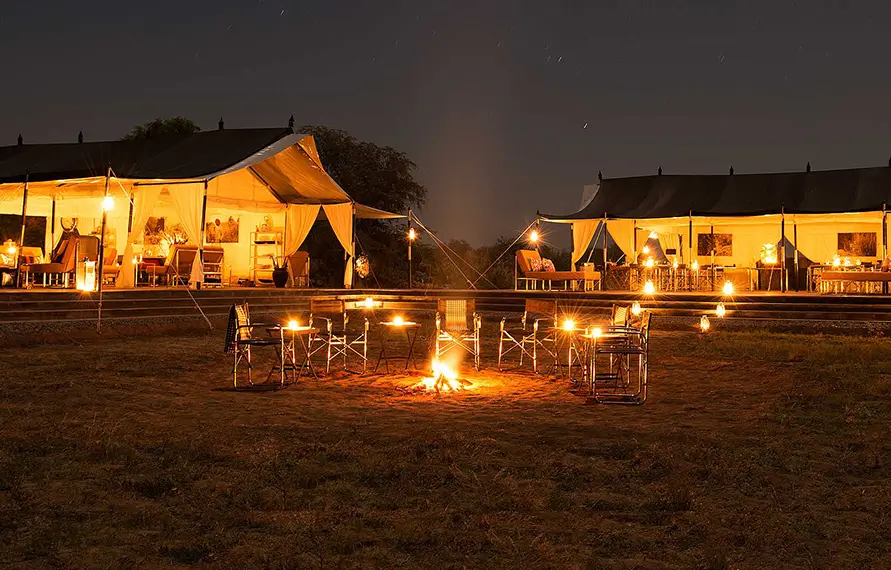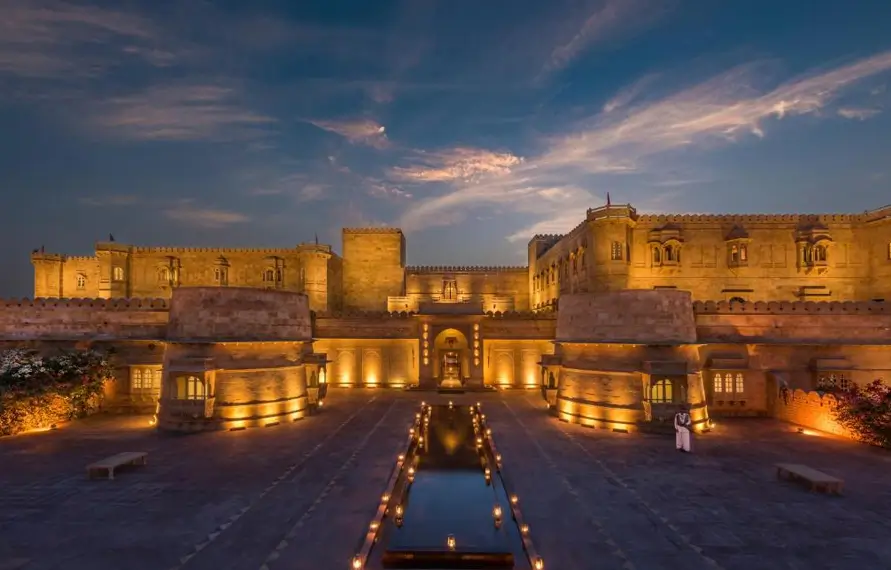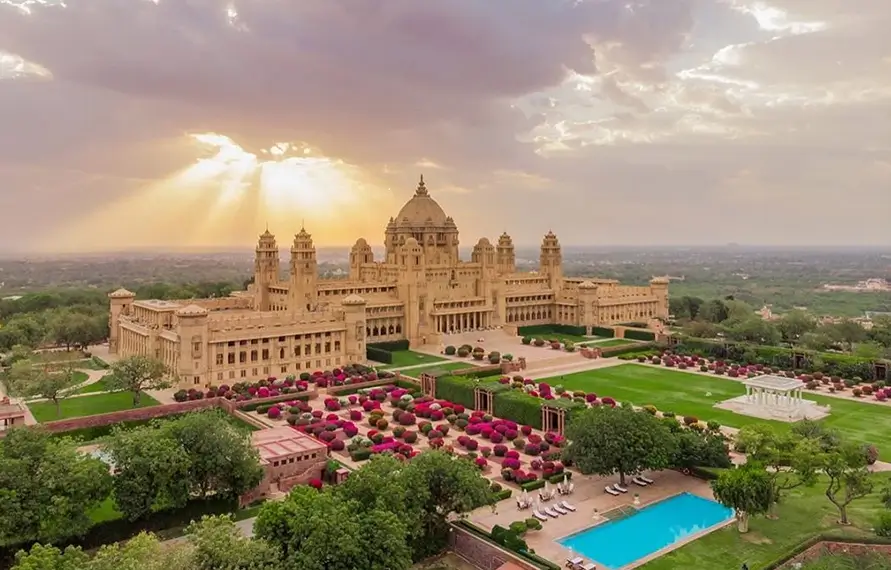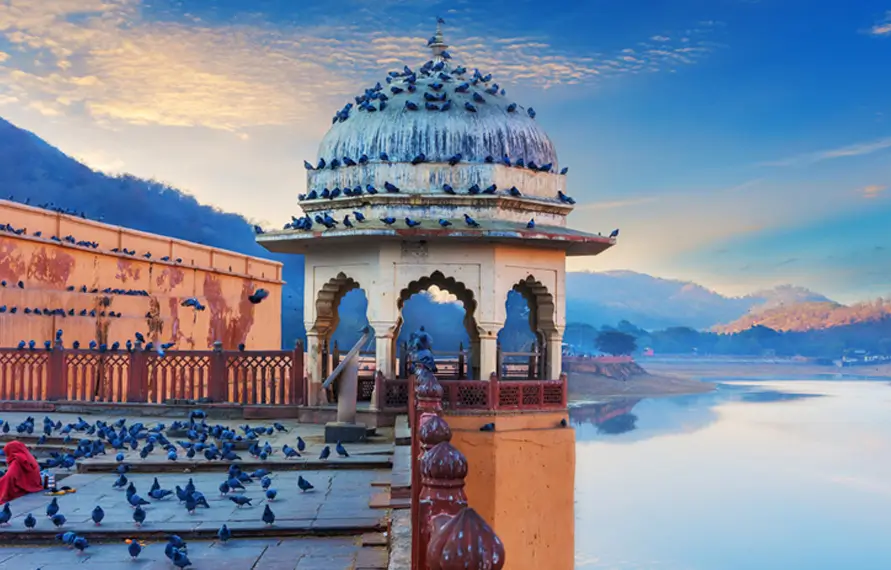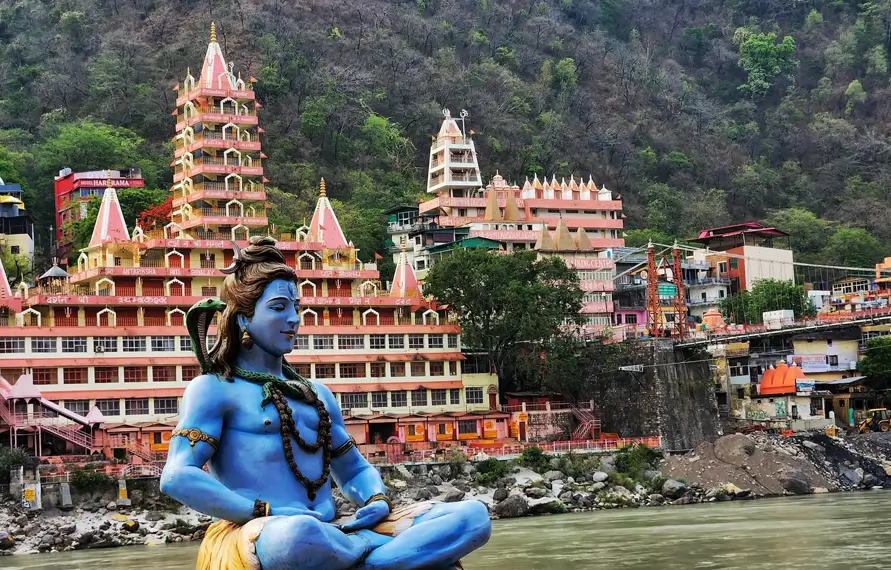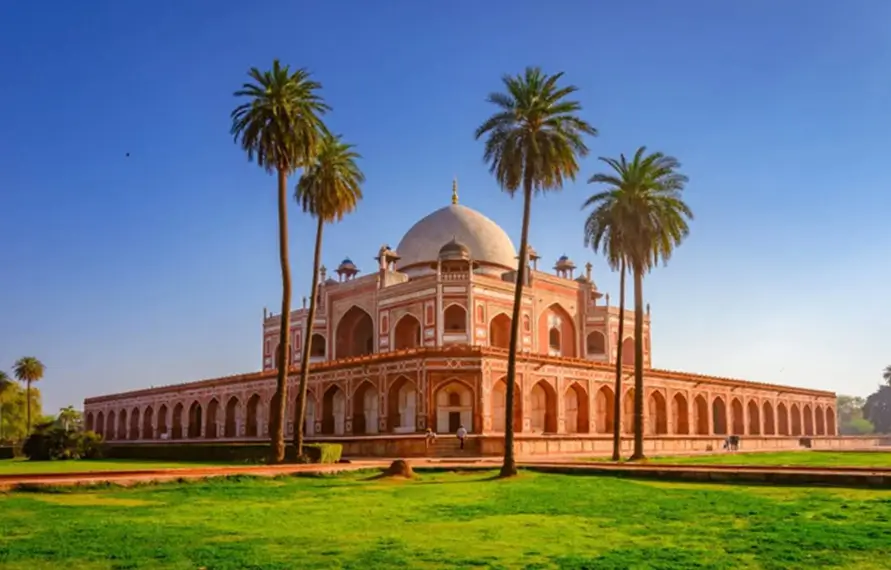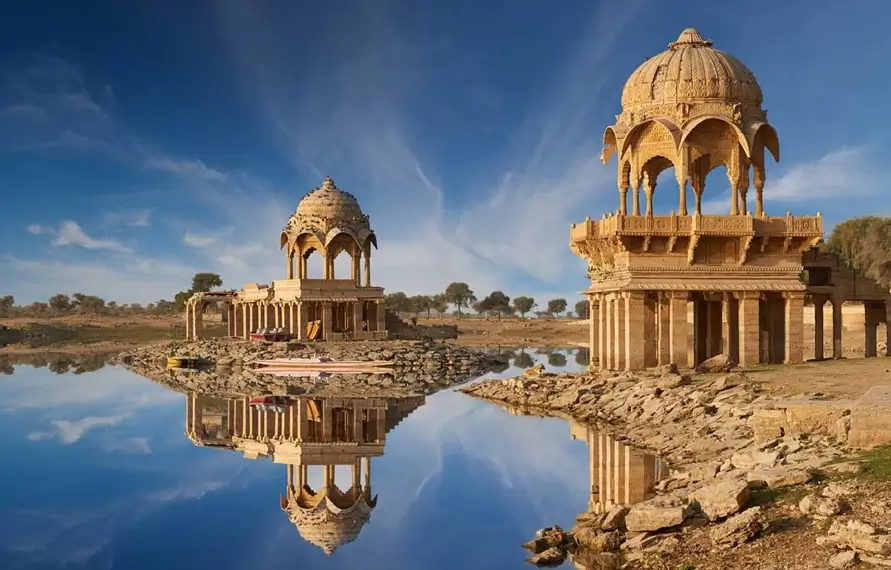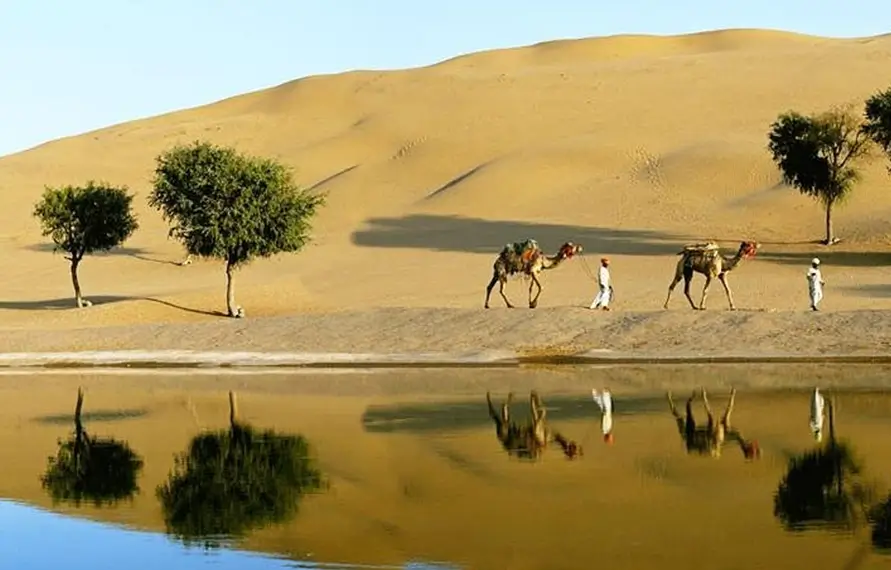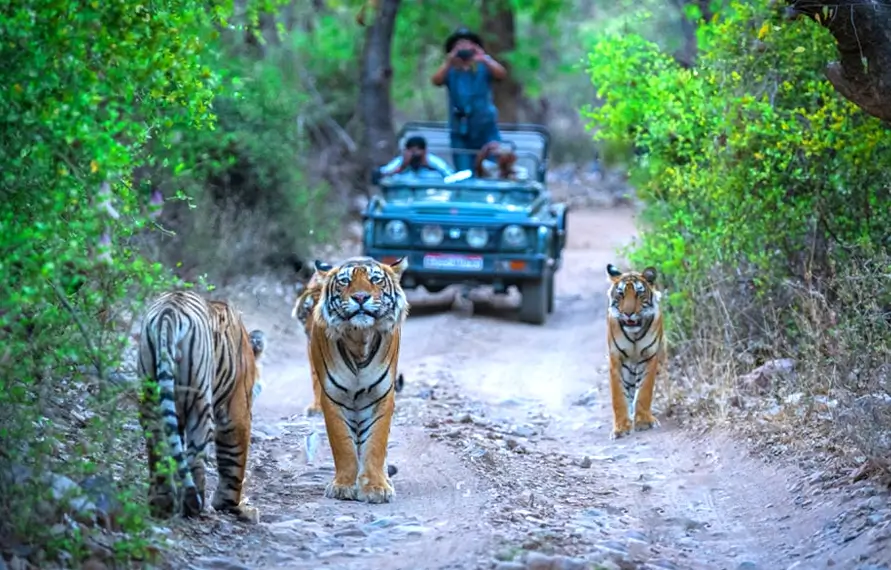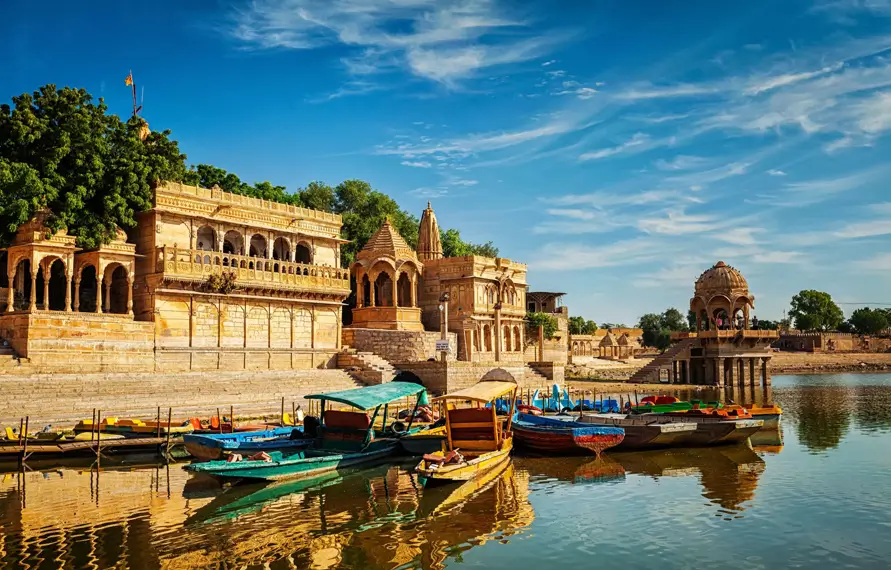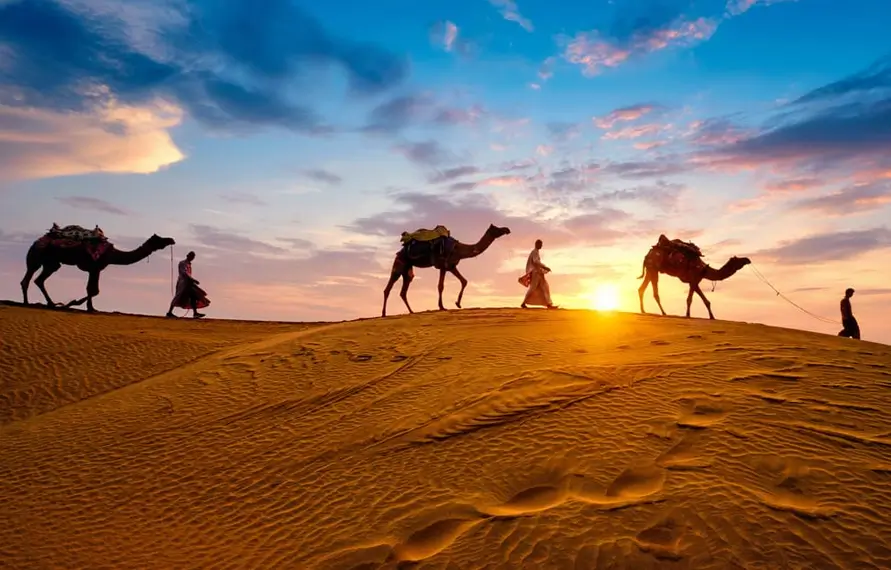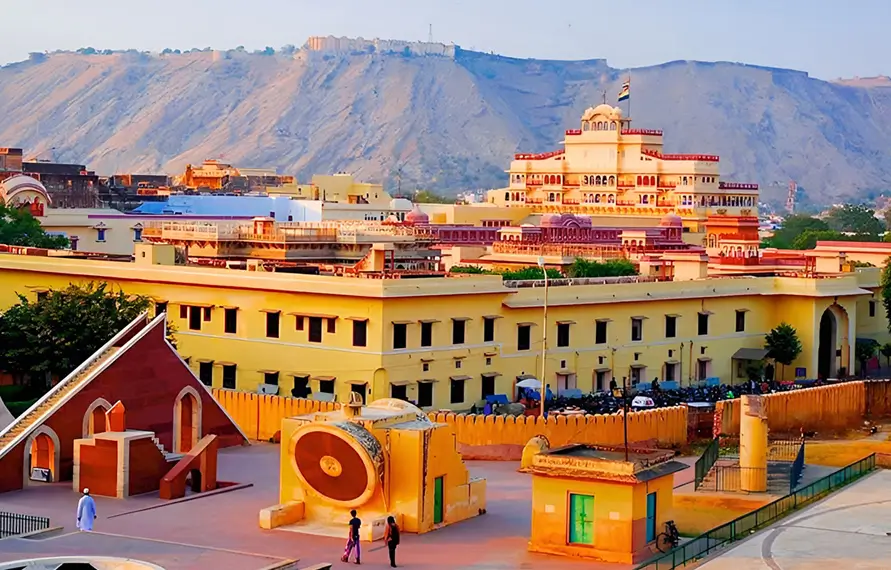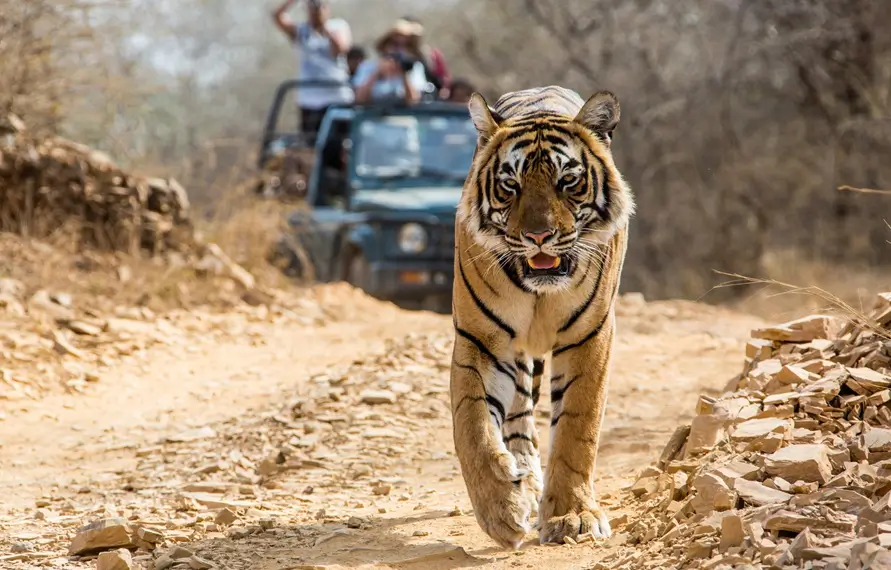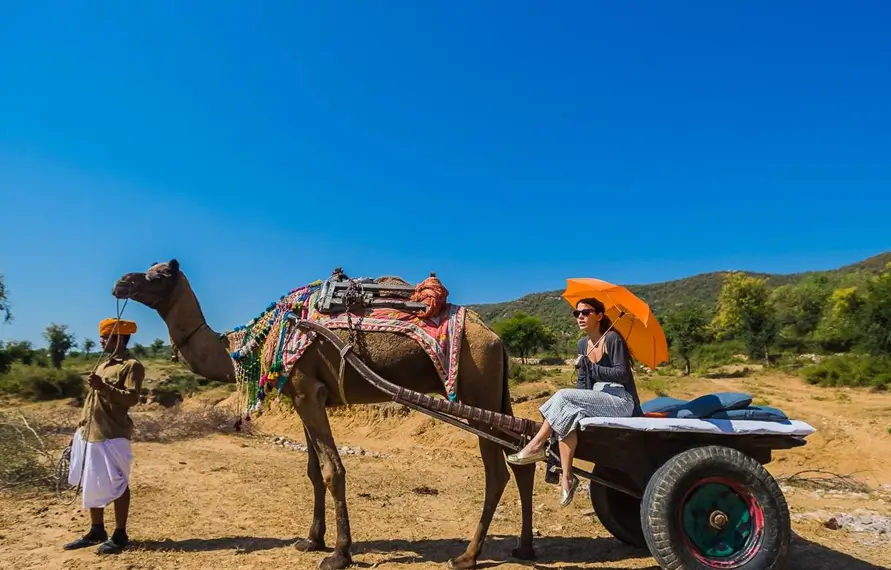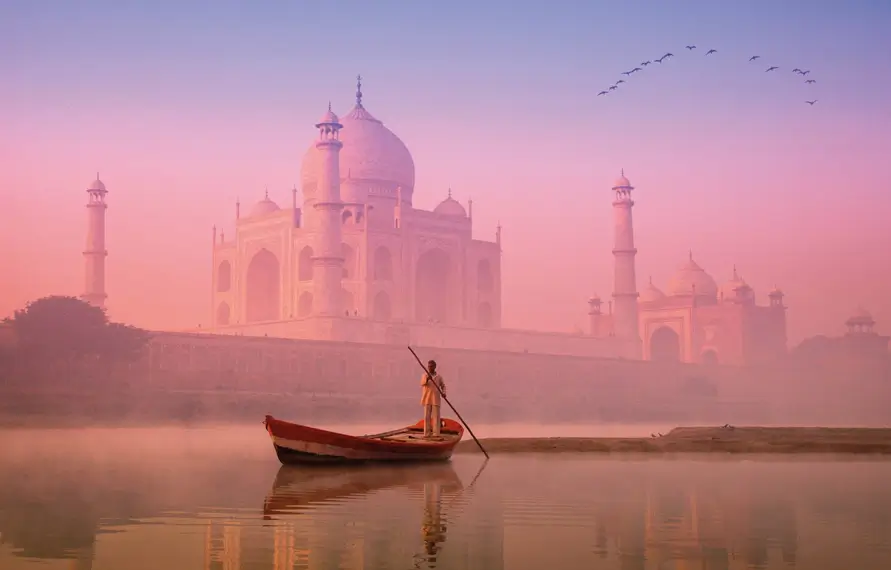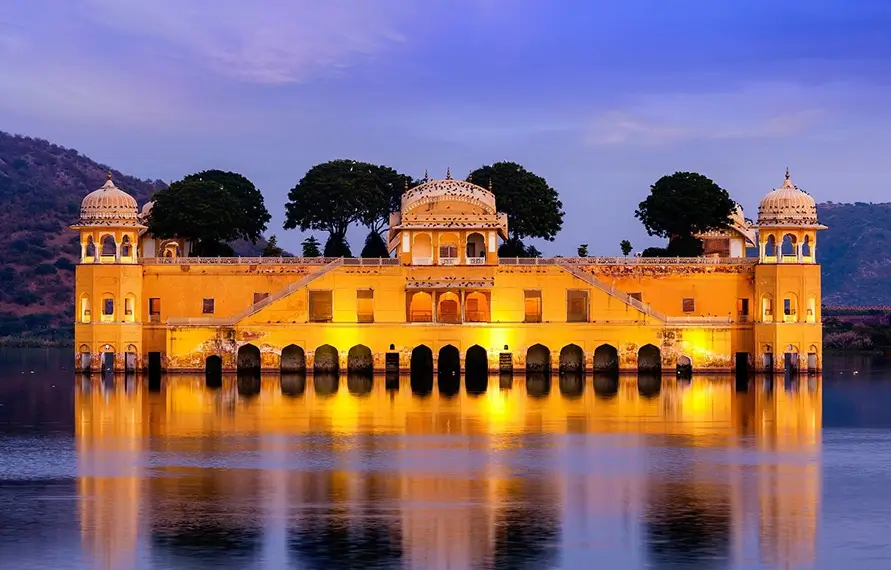India Travel Advisory & Safety Guide 2025 – Is It Safe to Travel to India Now?
India 2025 Travel Safety Overview – Key Sections:
|
Section No.
|
Advisory Topic
|
| 1. |
Introduction: Why India Travel Safety Matters Today |
| 2. |
India in 2025: Understanding the Current Travel Climate |
| 3. |
Operation Sindoor: What It Was and Why It’s Over |
| 4. |
Is It Safe to Travel to India Now? – Ground Situation by Region |
| 5. |
Official Travel Advisories from Major Countries |
| 6. |
Safety Infrastructure for Tourists in India |
| 7. |
Tips for Foreign Travelers Visiting India |
| 8. |
India for Solo Female Travelers – What to Expect |
| 8. |
India for Solo Female Travelers – What to Expect |
| 9. |
Cultural, Religious, and Legal Sensitivities to Know |
| 10. |
Digital India: Payments, Communication & Navigation |
| 11. |
Recent Events & Improvements in India Tourism |
| 12. |
Conclusion – Should You Travel to India in 2025? |
| 13. |
Need Help with Visa or Tour Planning? |
Introduction: Why India Travel Safety Matters Today
India, a land of timeless traditions and breathtaking contrasts, continues to captivate the imagination of travelers across the globe. With snow-capped Himalayan peaks in the north, palm-fringed beaches in the south, royal palaces in Rajasthan, and vibrant street markets in Delhi, India offers an unmatched diversity of experiences. Each year, millions of international tourists arrive in search of cultural richness, spirituality, adventure, and wellness.
However, one critical question still lingers in the minds of many — especially first-time visitors from countries like the USA, UK, Canada, Germany, France, and Australia: “Is it safe to travel to India in 2025?”
This is a valid and natural concern. The global media often highlights isolated incidents or security events, which may not represent the broader reality. It's important to separate perception from fact, especially when planning a journey across international borders.
Whether you're planning to visit the Taj Mahal, experience a traditional festival, explore the wildlife parks, or enjoy a luxury wellness retreat, knowing the true ground situation helps build confidence and ensures a smooth and secure travel experience.
In this detailed blog, we bring you updated insights on India's safety status in 2025, discuss recent developments like Operation Sindoor, evaluate region-wise safety conditions, and provide trusted tips for a secure and enjoyable visit. This guide is created especially for foreign travelers to ensure you get a clear and reliable picture — based on actual facts and expert observations, not speculation or fear.
India in 2025: Understanding the Current Travel Climate
The year 2025 marks a new chapter in India’s tourism journey. As the global travel industry recovers fully from the impact of COVID-19, India has emerged as one of the most attractive destinations in Asia — thanks to its strong cultural identity, improved infrastructure, and commitment to safety.
Tourism Rebounds Stronger Than Ever
- From January to May 2025, India has already welcomed over 7 million international tourists, a sharp rise from previous years.
- Key circuits like the Golden Triangle (Delhi–Agra–Jaipur), Kerala Backwaters, Rajasthan Forts and Palaces, Goan beaches, and South Indian temple towns are experiencing high tourist occupancy and positive traveler reviews.
- Tour operators and hotels have adapted well to international expectations, with improved hygiene, better guest services, multilingual staff, and seamless payment options like international UPI and card support.
Government’s Role in Safety Enhancements
The Indian government, through the Ministry of Tourism, has undertaken major initiatives to make tourism safer and more accessible:
- Installation of tourist help booths at airports, monuments, and railway stations.
- Deployment of tourist police in high-footfall areas across states like Rajasthan, Maharashtra, Goa, Delhi, and Karnataka.
- Introduction of online ticketing systems at historical monuments and spiritual sites to avoid crowding and reduce queuing.
- Focus on gender safety, including women-only cab services, pink buses, and improved safety measures for solo female travelers.
What Tourists Are Saying in 2025
Feedback from recent travelers suggests that India feels safe, organized, and more tourist-friendly than ever. Blogs, vlogs, and reviews from foreign visitors highlight:
- Friendly locals and helpful guides
- Secure transport in major cities
- Professional service at hotels and heritage properties
- Easy access to medical care in case of emergencies
The sense of welcome remains strong, and India’s “Atithi Devo Bhava” (Guest is God) ethos continues to impress those who arrive with curiosity and open hearts.
Operation Sindoor: What It Was and Why It’s Over
In May 2025, Operation Sindoor briefly made international headlines — leading to a few concerns among global travelers researching India. To clarify: Operation Sindoor was a domestic anti-terror operation initiated by Indian security forces in response to specific intelligence threats in certain border-sensitive regions.
It was:
- Localized to non-tourist zones
- Time-bound (completed within weeks)
- Proactive, not reactive — showcasing the strength of India’s internal security systems
No Impact on Tourist Zones
Popular tourist circuits — including Delhi, Agra, Jaipur, Kerala, Goa, Udaipur, Varanasi, and Rishikesh — remained fully operational and unaffected. Hotels, airports, heritage sites, and tour services continued functioning normally throughout the period of the operation. There were no advisories issued against tourist travel by any foreign embassies or the Indian government during or after Operation Sindoor.
Post-Operation Stability
Following the success of Operation Sindoor, the Ministry of Tourism and Home Affairs jointly issued a public statement assuring:
- India’s tourist zones are secure
- No civilian or foreign national was impacted
- All travel and tourism operations are running smoothly
The operation is now cited as a case study in swift, intelligence-driven crisis handling, and its success has further strengthened the trust of global travelers.
If you're planning to visit India in the second half of 2025 or beyond, you can travel with full peace of mind. India is not under any special travel alert, and visitors are encouraged to experience the country’s rich history, nature, culture, and wellness offerings as planned.
Is It Safe to Travel to India Now? – Ground Situation by Region
India is a vast country with extraordinary diversity — geographically, culturally, and socially. From the snow-covered Himalayas to the beaches of Goa, every region offers a unique travel experience. However, when it comes to safety, travelers often wonder: Are all parts of India equally safe to visit? The answer lies in understanding the regional dynamics and choosing destinations that are not only beautiful but also tourist-ready.
The good news for international visitors in 2025 is that most major tourist regions in India are completely safe and well-equipped to handle foreign travelers. Here’s a detailed look at the current situation, region by region:
Highly Safe & Popular Tourist Destinations (Fully Open and Secure)
These areas are regularly visited by international travelers and are considered 100% safe with strong tourist infrastructure, verified guides, luxury accommodations, and multilingual support.
1. Delhi – The Capital Gateway
- Delhi is where many India private tours begin, especially those exploring the Golden Triangle Tours India circuit.
- Tourist areas like India Gate, Qutub Minar, Humayun’s Tomb, and the Lotus Temple are well-guarded, and metro stations are equipped with high-level surveillance and security checks.
- Airport to hotel transfers are smooth, with official taxis and apps like Uber/Ola fully operational.
2. Agra – Home of the Taj Mahal
- Agra is among the most visited cities by foreign tourists, thanks to the iconic Taj Mahal.
- The city is highly monitored, with CCTV coverage at major points, and most travelers prefer luxury India private tours that include Agra as a day trip or overnight destination.
- Monument ticketing is digital, crowd management is effective, and licensed guides are available for safety and cultural insights.
3. Jaipur & Rajasthan – Royal Heritage & Desert Escapes
- The pink city of Jaipur and the broader Rajasthan circuit (Udaipur, Jodhpur, Jaisalmer) are known for their hospitality, rich history, and stunning forts and palaces.
- Rajasthan is one of the safest regions for foreigners, especially those booking with a luxury tour operator in India or guided group tours.
- The roads, hotels, and heritage sites are all foreigner-friendly, and many international women travelers report feeling secure and respected.
- Many visitors choose Golden Triangle Tour with Oberoi Hotels as a luxury, secure option to experience Delhi, Agra, and Jaipur in style, comfort, and complete safety.
4. Kerala & South India – Wellness, Culture & Natural Beaut
- Kerala’s backwaters, beaches, and Ayurveda resorts have gained global popularity, especially among senior travelers and solo female tourists.
- Destinations like Kochi, Alleppey, Thekkady, and Kumarakom are peaceful, organized, and very clean.
- South India (Tamil Nadu, Karnataka) is also safe for tourists, with temples, eco-tours, and wellness retreats running smoothly.
5. Goa – Beaches, Sunsets & International Vibe
- Goa continues to be a favorite among European travelers, backpackers, and honeymooners.
- Beach shacks, resorts, and boutique hotels offer a safe and chilled-out experience.
- Police presence is high in tourist hubs like Baga, Anjuna, and South Goa’s Palolem beach. Drug-related and scam incidents have reduced significantly, especially in licensed tourism zones.
Areas Where Caution is Advised (But Not Banned)
Some regions are either under sensitive development or have occasional political instability. These areas are not unsafe, but travelers are advised to consult their tour operator or check government travel updates before visiting.
1. Kashmir Valley
- While Jammu, Vaishno Devi, and Ladakh remain open and safe, the central Kashmir Valley (especially Srinagar and nearby towns) requires extra attention.
- Foreigners can visit, but it’s best to do so through licensed tour agencies and with pre-arranged logistics.
- India private tours that include Kashmir usually operate with permits, vetted hotels, and security awareness.
2. Parts of Northeast India
- States like Assam, Meghalaya, and Sikkim are developing as eco-tourism hubs and are largely safe for travelers.
- However, states like Manipur and Nagaland sometimes face local unrest; thus, it's best to travel only with official government or licensed travel operators.
3. Border Areas
- Close to Pakistan, China, and Myanmar borders, certain regions are designated Restricted Areas where foreigners need special permits (e.g., Arunachal Pradesh, some parts of Uttarakhand).
- These areas are usually not included in regular itineraries and are only accessible through specialized adventure or photography tours.
General Safety Factors That Apply Nationwide
Regardless of the region, here are a few things that improve safety for tourists:
- Choosing a reputed India tour operator or luxury travel agency
- Pre-booking hotels that are verified and internationally rated
- Having a local English-speaking guide or driver, especially in rural areas
- Avoiding political gatherings, remote border villages, or unregulated hostels
Most foreigners who travel with India private tour packages or through luxury tour operators in India report a highly positive, smooth, and secure experience.
Official Travel Advisories from Major Countries
Before making an international travel decision, most tourists rely on official government advisories issued by their country’s foreign affairs or travel department. These advisories give a general idea about the safety, medical preparedness, and political climate of a destination — but they are often written conservatively and may not reflect real-time, ground-level tourist experiences.
As of mid-2025, India does not have any country-wide travel bans or severe advisories issued by any major Western nation. While certain remote or border-sensitive regions may come with standard cautionary advice, all major tourist destinations are marked as safe for travel by most governments.
Let’s break this down by country to understand how foreign governments are currently viewing travel to India:
United States – travel.state.gov
The U.S. Department of State classifies India under the Level 2 – Exercise Increased Caution category. This is not a negative alert — it simply advises travelers to stay aware of surroundings, avoid political demonstrations, and follow local laws. It is the same level assigned to countries like France, Germany, and Spain.
Notably:
- No restrictions on visiting Delhi, Agra, Jaipur, Kerala, Goa, or other popular destinations
- The advisory mentions Northeast India and Kashmir as areas where travelers should check conditions in advance
- U.S. citizens are encouraged to enroll in STEP (Smart Traveler Enrollment Program), a voluntary tool to stay informed while abroad
- Thousands of American travelers continue to visit India every month through India private tours, yoga retreats, and luxury circuits like Golden Triangle Tours India.
United Kingdom – gov.uk/foreign-travel-advice
The Foreign, Commonwealth & Development Office (FCDO) of the UK maintains a travel advisory that is practical and easy to navigate.
Their 2025 advisory:
- Does not discourage travel to India
- Recommends normal precautions and highlights hygiene, local transport behavior, and regional weather as factors to prepare for
- Encourages travelers to stick with registered tour operators and guides
UK citizens are among the top inbound travelers to India, and most opt for curated experiences through a luxury tour operator in India, especially for Rajasthan, Kerala, and wildlife safaris.
Australia – smartraveller.gov.au
Australia’s Smartraveller advisory marks India as “Exercise normal safety precautions,” with situational awareness recommended in high-density urban areas.
Key points:
- The advisory highlights local festivals, traffic conditions, and monsoon disruptions as potential discomforts, not dangers
- Kashmir and parts of the Northeast are listed under “reconsider travel” zones — the same designation used for many developing regions globally
- Australian tourists frequently visit India on cultural journeys, including India private tours covering spirituality, temples, food trails, and beach holidays
Canada – travel.gc.ca
The Government of Canada classifies India similarly — normal caution advised, with recommendations to:
- Avoid mass gatherings or protests
- Stay in well-reviewed accommodations
- Prefer structured travel via authorized travel planners or guided group tours
Canadian travelers often choose luxury India private tours that combine iconic destinations like Delhi, Varanasi, and Jaipur with offbeat experiences like yoga in Rishikesh or tiger safaris in Ranthambore.
Germany & France – Auswärtiges Amt / Diplomatie.gouv.fr
Both Germany and France issue practical, factual travel updates. Their advisories do not contain any alarming warnings for travelers headed to India in 2025.
- These governments suggest:
- Keeping copies of important documents
- Respecting religious customs and dress codes
- Staying connected with local embassies in case of emergencies
German and French tourists are increasingly choosing Golden Triangle Tours with Oberoi Hotels or private car + guide services, which provide an added layer of security, comfort, and cultural immersion.
What You Should Know About Travel Advisories
It's important to understand that official advisories:
- Do not reflect everyday traveler experiences
- Are sometimes written based on outdated or general data
- Apply more to remote or politically sensitive areas — not tourist routes
Travelers who rely solely on these alerts may miss out on the real, ground-level positivity being experienced by thousands of tourists currently enjoying India.
Why Travelers Continue Visiting Despite Advisories
- Verified social media content and YouTube travel vlogs confirm that India’s cities, heritage towns, and countryside are safe
- Reputed agencies like ours provide custom-curated, guided India private tours that minimize risk and maximize comfort
- Cities like Delhi, Udaipur, Kochi, and Jaipur have world-class hotels, health services, and multilingual support
- Luxury travelers prefer packages through a trusted tour operator in India to ensure seamless movement across regions
If you're booking a tour with experienced operators offering Golden Triangle tours, luxury Rajasthan itineraries, or South India wellness journeys, you can travel confidently and securely.
Safety Infrastructure for Tourists in India
India has made remarkable progress in enhancing its safety infrastructure for international tourists. In 2025, foreign travelers visiting India through well-planned itineraries or with the assistance of licensed travel agencies are experiencing a high level of comfort, guidance, and protection. While no country is entirely without risk, India’s tourist infrastructure has matured significantly over the last decade — making it safer, more responsive, and easier to navigate for global visitors.
Here’s how India is ensuring safety at every stage of a tourist’s journey:
Tourist Police Units in Major Cities
India has established dedicated Tourist Police units in key travel hubs such as:
- Delhi
- Agra
- Jaipur
- Mumbai
- Goa
- Varanasi
- Kochi
These officers are trained to assist foreigners, handle lost property, manage disputes with vendors, and support safety in crowded areas. Their uniforms are distinct (often navy blue or white with Tourist Police written on the chest), and they are typically bilingual.
Tourist Police booths are usually found near:
- Monuments
- Airports
- Major markets
- Railway stations
When you travel through India private tours, your driver or guide usually knows where the nearest booth is in case you need support.
Safe Transportation Options for Foreign Travelers
Transportation safety is one of the most important aspects of travel. In 2025, India offers multiple secure modes of transport that are trusted by tourists:
Airport Transfers and Private Cars
- Booking your airport pick-up and drop via your luxury tour operator in India ensures a stress-free arrival
- Pre-arranged chauffeurs carry ID and your name placard, so there’s no confusion at pickup
- Vehicles are tracked, air-conditioned, and stocked with sanitizers or drinking water
Ride-Hailing Apps (Uber, Ola)
- Available in almost all major cities
- Transparent pricing, GPS tracking, and emergency buttons ensure safety
- Option to share ride details with family back home
Metro Travel (Delhi, Mumbai, Bangalore, etc.)
- Clean, punctual, with dedicated security and women-only coaches
- Entry is monitored with baggage scans and metal detectors
- Tourists are encouraged to avoid peak hours unless guided
Travelers often opt for Golden Triangle Tours India by private car — this offers maximum flexibility and comfort, with a trained driver and guide ensuring the journey is seamless and secure.
Trusted Accommodation and Verified Stays
In 2025, India offers a range of secure lodging options, from luxury palaces to boutique hotels and eco-resorts. Whether you’re booking 5-star heritage hotels or curated homestays, safety standards have significantly improved.
Key features of safe accommodations:
- 24/7 reception and security
- Verified guest ID checks
- CCTV monitoring in public areas
- In-room digital safes for valuables
- Fire and emergency evacuation procedures
When you travel with a luxury tour operator in India, accommodations are pre-checked and vetted for hygiene, hospitality, and guest protection. This is one reason most international tourists avoid walk-in hotel bookings and choose curated India private tour packages instead.
Better Crowd Management at Monuments
Popular tourist attractions like the Taj Mahal, Amber Fort, Qutub Minar, and City Palace Udaipur now use:
- QR-based ticketing systems
- Timed entry slots
- Designated security lines for foreigners
- Bag scanners and frisking zones
This helps in managing crowds, reducing contact, and maintaining discipline. Guides also ensure tourists aren’t misled by touts or unofficial entry sellers.
Private tours arranged by reputed operators include:
- Fast-track tickets
- Government-approved guides
- Private entrances in select monuments
Emergency Support & Helplines
India’s national emergency number is 112, which works across:
- Police
- Fire services
- Medical emergencies
In addition, most states have tourist helplines and foreigner-specific emergency lines. For example:
- Delhi Tourism Helpline: +91-11-2336-5358
- Ministry of Tourism 24x7 Helpline (multi-language): 1800-11-1363
When you book with a top-rated India tour agency, they often provide:
- Dedicated local contact persons
- 24/7 driver availability
- Guide-on-call or escort services for specific regions
Digital Tools That Help Tourists Stay Safe
In 2025, technology has played a big role in making tourism safer:
Important Apps:
- Incredible India App – Official tourism app with verified info
- MyGov – Updates from the Indian government and Ministry of Health
- Uber/Ola – Ride-sharing apps with real-time driver tracking
- Google Translate – Assists in conversation with locals
- Offline Maps – Helps in navigating rural areas without signal
Digital literacy in India is high, and support staff at hotels or restaurants can also help with language, navigation, or payment issues.
Why Safety is Stronger with Private Tour Packages
While independent travel can be adventurous, structured tours offer significantly higher safety and peace of mind.
Advantages of India private tours include:
- Fixed, well-researched itineraries
- Professional drivers and guides with local knowledge
- Round-the-clock support from your tour coordinator
- No guesswork about where to eat, stay, or travel
- Easier management in case of medical or weather issues
Most foreign travelers report that choosing a luxury tour operator in India made their journey smoother, safer, and far more enjoyable.
Tips for Foreign Travelers Visiting India
India is a destination that stirs the senses. The colors, aromas, sounds, and sheer energy of its cities and countryside can be exhilarating, but also overwhelming for first-time visitors. While India is safe for travel in 2025, following a few practical tips can make your journey smoother, more immersive, and entirely stress-free.
These India travel tips for foreigners are designed to help you navigate daily life, local culture, health precautions, and logistics with ease — especially if you're planning a luxury India private tour, a Golden Triangle tour, or any custom India holiday package.
1. Airport Arrival Tips – Start Smart
- Always pre-book your airport transfer through your travel agent or hotel. This prevents overcharging or fraud.
- Avoid accepting unsolicited help with bags or taxis at the airport. Use official kiosks.
- Keep copies of your passport, visa, and ID both digitally and printed.
- Get a local SIM card or international roaming pack to stay connected with your tour coordinator or family.
Many travelers arriving in Delhi, Mumbai, or Jaipur for India package holidays prefer having a driver-guide waiting with a placard — a service usually offered by India travel agencies for foreigners.
2. Health & Hygiene Tips – Stay Comfortable
- Drink only bottled or filtered water — don’t rely on tap water, even at hotels.
- Wash hands frequently or use hand sanitizer, especially before meals.
- Eat at busy restaurants with high footfall (they tend to have fresher food).
- Avoid raw salads and street-cut fruits unless you are with a trusted local guide.
- Pack basic meds: digestive pills, painkillers, mosquito repellent, and sunscreen.
India has excellent private hospitals and clinics in all cities. In fact, many tourists also visit India for Ayurveda and wellness retreats in Kerala, Rishikesh, and Goa.
3. Personal Safety Tips – Be Smart, Not Scared
- Avoid walking alone late at night in unfamiliar or dimly lit areas.
- Don’t flash expensive jewelry, cameras, or large wads of cash.
- Beware of over-friendly strangers trying to sell something or “guide” you.
- Always use registered guides booked through your India tour operator.
- Trust your instincts: if a place or situation feels wrong, move away politely.
Most issues faced by tourists stem from misinformation or unregulated travel. Booking a custom private India tour with driver and guide minimizes risks and confusion.
4. Mobile Apps & Digital Help – Travel with Tech
- Google Maps: Works perfectly in cities and highways; download offline maps.
- Uber & Ola: Safer alternatives to local taxis with fixed pricing.
- Zomato & Swiggy: Find top-rated restaurants, cafes, or even order in.
- Paytm & PhonePe: Widely used for digital payments, though international cards may face limits.
India in 2025 is a digital powerhouse. Whether you’re in Jaipur or a small town in Tamil Nadu, cashless travel is very much possible. Luxury India tour packages now include tech support for travelers, such as SIMs, apps setup, and emergency contacts.
5. Currency & Payments – Money Matters
- India’s currency is the Indian Rupee (INR). Carry smaller denominations for tipping and local shopping.
- Most hotels, restaurants, and malls accept international credit cards.
- Currency exchange is safer at airport counters, major banks, or via your hotel.
- Avoid accepting torn or heavily damaged currency notes — many vendors won’t take them.
Your India travel company may also provide pre-paid travel cards or suggest ATMs near your stay. For long tours, carrying both cash and card options is ideal.
6. Dress Modestly – Blend In Respectfully
- While major cities are more liberal, it's best to dress modestly, especially in temples or rural areas.
- Women travelers often feel more comfortable in local wear like kurtas or scarves.
- For men, shorts are fine in tourist spots but less appropriate in formal or religious settings.
- Remove footwear before entering temples or someone’s home.
When in doubt, ask your guide. If you’re on a cultural India private tour, your operator will often brief you about local etiquette beforehand.
7. Respect Local Customs – Culture is King
- Greet with “Namaste” (palms together) instead of shaking hands.
- Public displays of affection are uncommon, especially in traditional areas.
- Always seek permission before photographing people, especially sadhus or villagers.
- Avoid discussing religion or politics unless you’re in a respectful, informed setting.
India is diverse — what’s acceptable in Goa might be frowned upon in Varanasi. If your custom India tour package includes rural or spiritual destinations, your guide will help you adapt smoothly.
8. Slow Down – Don’t Overpack Your Itinerary
- Many travelers try to “do it all” in 7–10 days. India deserves time and space.
- Instead of 6 cities in 8 days, pick 3–4 and explore them properly.
- Include some “downtime” for relaxing at your hotel, walking markets, or watching a cultural show.
Whether you’re planning India private tours for couples, luxury spiritual tours, or solo exploration, slower itineraries create better memories and fewer travel hiccups.
9. Responsible Tourism – Be a Mindful Visitor
- Don’t give money to child beggars — support NGOs instead.
- Don’t touch animals like elephants or monkeys in temples unless part of an ethical experience.
- Support local artisans by buying from fair-trade shops.
- Use refillable bottles when possible to reduce plastic waste.
Some luxury travel companies in India now include eco-tourism elements, like volunteering, community lunches, or wildlife-friendly safaris. These not only offer unique experiences but also support the local economy.
10. Work with Experts – The Right Tour Partner Makes All the Difference
India is magical, but it’s also a country of contrasts. The best way to experience it safely and meaningfully is by choosing a reputable travel company.
Why?
- They understand what foreigners need — hygiene, security, quality, comfort
- They handle logistics: airport pickups, hotels, monument entries, guides
- They curate custom private India tours that match your interest and pace
- They assist in emergencies — from flight delays to health care support
Instead of navigating everything alone, thousands of travelers now book with top-rated luxury tour operators in India — giving them more time to enjoy and less time worrying.
India for Solo Female Travelers – What to Expect
India, for centuries, has drawn women travelers seeking spiritual awakening, cultural connection, wellness experiences, and adventure. While solo female travel requires some extra awareness in any country, India in 2025 is significantly safer, more welcoming, and better equipped than ever before — especially for women from the USA, Europe, and Australia planning to travel alone.
Whether you're a first-time visitor or a seasoned globetrotter, if you're wondering “Is India safe for solo female travelers?”, the answer today is more encouraging than it’s ever been — especially when your travel is well-planned, professionally organized, and supported by reliable services.
Yes, India is Safe for Solo Women Travelers — With the Right Planning
In 2025, thousands of women from across the globe are confidently exploring India through:
- Wellness retreats in Kerala and Rishikesh
- Golden Triangle tours with heritage hotels
- Cultural immersion experiences in Jaipur and Varanasi
- Photography and shopping tours in Delhi, Jodhpur, and Udaipur
What makes their experience smooth and safe?
Booking with reputed India tour companies that understand the unique needs of women travelers — safety, comfort, cultural sensitivity, and local support.
Female Tour Guide Services in India – A Growing Trend
One of the biggest improvements in India’s tourism sector is the availability of trained female tour guides who work especially with solo women and female groups.
These guides are:
- Government licensed and multilingual
- Educated in local history, safety, and etiquette
- Skilled in assisting women with shopping, food, photography, and sightseeing
- Sensitive to emotional and personal space concerns
Foreign travelers now request Delhi female tour guides and Jaipur female guide services as part of their India itinerary. It adds a layer of cultural comfort, especially when visiting temples, markets, or spiritual sites.
When booking a luxury India private tour for women, always ask if your agency can provide a female guide or driver, especially in cities like:
- Delhi
- Agra
- Jaipur
- Udaipur
- Mumbai
- Rishikesh
Best Places in India for Solo Women Travel
Not all destinations are the same — some are naturally more welcoming and organized for solo women. Here are top-recommended cities and regions for 2025:
1. Jaipur – The Pink City
- Known for its royal charm, organized tourism, and wide roads
- Safe during the day and in popular areas at night
- Availability of Jaipur female guides for foreign tourists
- Great for solo photography, handicraft shopping, and palace visits
2. Rishikesh – Spiritual & Serene
- Yoga capital of the world
- Ideal for wellness and meditation retreats
- Safe, clean, and very popular among solo European and American women
3. Delhi – Culture and History in One City
- Huge improvements in metro safety and tourist zones
- Prefer Delhi female tour guide services for added comfort
- Great for monuments, markets, food walks, and museum visits
4. Kerala – Calm, Green, and Clean
- Ayurvedic wellness resorts in Kovalam, Thekkady, and Kumarakom
- Houseboat stays in Alleppey — peaceful and hosted by verified staff
- Women-only tours and yoga centers growing rapidly
5. Ranthambore or Kanha – Wildlife with Comfort
- Safe wildlife parks with private safaris
- Luxurious camps and jungle lodges with strong security
- A favorite among women photographers and nature lovers
Women-Only Tour Packages & Services
Many tour operators now offer India women-only tour packages, specially designed for:
- Solo travelers
- Mother-daughter duos
- Women travel groups
- Senior women travelers
These include:
- Curated itineraries with comfortable pace
- Verified female guides or escorts
- Women-friendly accommodations
- Experiences like block printing classes, cooking sessions, yoga, and wellness
At Top Indian Holidays, we’re seeing a rise in bookings for Golden Triangle women tours, India private tours for female travelers, and custom luxury trips with lady guides — showing a growing global trust in India’s safety and hospitality for women.
Essential Solo Travel Tips for Women in India
- Dress modestly (kurtas, scarves) in rural and religious areas
- Carry a local SIM and stay connected with your hotel or guide
- Avoid isolated areas after dark unless accompanied
- Learn a few local words like “Namaste,” “Nahi chahiye” (no, thank you), and “Shukriya” (thank you)
- Trust registered tour providers and avoid random street offers
Reputed travel agencies now also offer:
- 24/7 assistance for female travelers
- Female driver options on request
- Background-verified guides and accommodation partners
Why Solo Female Travelers Should Choose Private India Tours
- Customized routes for comfort and personal preferences
- One-on-one interaction with expert female guides
- No dependency on large group timings or unknown co-travelers
- More flexibility in adjusting pace, visiting local attractions, and taking breaks
Whether you’re a digital nomad, a full-time traveler, or exploring India post-retirement, choosing a private, secure India tour designed for women ensures your experience is joyful and stress-free.
Cultural, Religious, and Legal Sensitivities to Know
India is a land of immense spiritual depth, centuries-old traditions, and layered cultural norms. What makes it fascinating for international tourists is also what makes it essential to travel with awareness and respect.
Understanding cultural etiquette, local laws, and religious boundaries not only helps you avoid uncomfortable situations but also deepens your connection with the people and the places you visit.
This section offers practical India travel advice for foreigners, especially for those on private India tours, solo trips, or spiritual journeys. These are not rules to restrict your experience — they’re guidelines that help you move through India’s diverse regions with grace, confidence, and respect.
Respecting Religious Spaces – What to Keep in Mind
India is home to Hindus, Muslims, Sikhs, Christians, Buddhists, Jains, and many tribal communities. Temples, mosques, gurudwaras, churches, and monasteries are not just tourist sites — they are living places of worship. That means certain customs must be followed:
- Remove shoes before entering temples and some homes. In mosques, remove shoes outside the prayer area.
- Dress modestly: shoulders and knees should be covered in temples and religious towns (like Varanasi, Amritsar, Pushkar, etc.)
- Avoid public displays of affection, especially in sacred or rural spaces.
- Photography is not allowed inside many temples or mosques. Always check for signage or ask your guide.
- Don’t interrupt prayers or rituals. Observe quietly and maintain a respectful distance.
When traveling with a local guide or driver through a custom India tour, they will always brief you on religious etiquette before entering any sacred place.
Cultural Sensitivities – Dos and Don’ts in India
India is generally warm and welcoming to foreigners, but behaving appropriately in social settings earns you admiration and ensures you’re never misunderstood.
Do’s:
- Greet with “Namaste” (palms pressed together) — it’s universally accepted and well appreciated.
- Use your right hand when giving or receiving something — left hand is traditionally considered unclean.
- Ask before taking photographs of locals, especially women, children, or monks.
- Follow the lead of locals in religious ceremonies — observe first, then participate.
- Be patient with differences in time, noise, pace, and crowds — India moves at its own rhythm.
Don’ts:
- Don’t point your feet at deities or people — feet are considered impure in Indian culture.
- Don’t touch someone’s head — it’s regarded as the most sacred part of the body.
- Don’t criticize religion, food, or cultural norms — even casual comments may offend.
- Don’t raise your voice in public spaces — staying calm earns respect.
- Don’t enter homes or sacred places without permission or without removing shoes.
These are small but important gestures that help you blend in while enjoying your India private tour experience without cultural missteps.
Legal Basics Foreigners Should Know While Visiting India
Indian law is strict about certain behaviors that may be considered normal in Western countries. Being aware of these legal sensitivities ensures that your trip stays smooth and enjoyable.
What You Should Know:
- Drug use is illegal, even in small amounts — including marijuana or hashish. Penalties are severe.
- Drinking alcohol in public (like streets or beaches) is prohibited. Always drink in licensed venues.
- Smoking is banned in most public places (airports, trains, monuments).
- Same-sex relationships are legal in India, but public displays of affection (of any kind) are uncommon and may invite stares in rural areas.
- Carry a copy of your passport and visa when traveling between states or entering protected areas.
If you are on a guided India tour, your agency or guide will help you navigate these legal guidelines, ensuring you don’t break any rules unknowingly.
How Cultural Awareness Enhances Your India Journey
Travelers who take time to understand India’s cultural pulse find their experience more enriching. Locals respond with more warmth, vendors are more respectful, and even strangers on the street are more helpful when they feel you are traveling mindfully.
Many luxury India tour operators now offer culture briefings, including:
- How to behave in temples and local homes
- What to wear where
- How to engage with artisans, tribes, or farmers
- What questions are polite to ask (and which are not)
Whether you're on a Golden Triangle tour, a Kerala backwater cruise, or a spiritual retreat in Rishikesh, showing respect for Indian culture invites deeper, more authentic interactions.
Bonus Tip: When in Doubt, Ask Your Guide
If you’re not sure about something — ask. In most India private tours, your guide will be your cultural bridge. They’ll not only explain what’s happening around you but also coach you in real-time on how to participate with confidence and cultural correctness.
Respect is universal — and when you show it in India, you’ll receive it tenfold.
Digital India: Payments, Communication & Navigation
India in 2025 is not just spiritual and traditional — it’s also digital-first and tech-driven, especially when it comes to travel. Over the last few years, the Indian government and private sector have worked together to create a seamless digital ecosystem that makes travel simpler, safer, and more connected — even for first-time foreign visitors.
From cashless payments to real-time translation, GPS navigation, and instant ride bookings, tourists can now explore India with more confidence thanks to the power of technology.
This section highlights how digital infrastructure enhances the experience for travelers — particularly those on India private tours, Golden Triangle luxury itineraries, or custom tours with a personal tour guide and driver in India.
Cashless India – Pay Like a Local
India is one of the leading nations in digital payments. Even small shops, street food stalls, and temple donation counters now accept UPI (Unified Payments Interface) or QR code payments.
For Foreign Tourists, You Can:
- Use international credit/debit cards at hotels, restaurants, malls, and tourist shops
- Withdraw local currency (INR) at widely available ATMs
- Get a prepaid forex card or travel wallet from your tour operator or airport kiosk
- In some cases, use UPI through apps like PhonePe or Paytm (if linked via international banks or wallets)
Most India travel agencies for foreigners assist in setting up local wallets or ensure hotels accept your preferred payment method.
Connectivity & SIM Cards – Stay Online Everywhere
A stable phone connection and internet access are crucial for safe and smooth travel. In India, tourists can stay connected affordably and reliably by getting a local prepaid SIM card.
- Airtel and Jio are the best for wide coverage and fast 4G data
- Available at airports or authorized stores with passport + visa copy
- Tourist SIMs often come with 21–30 day validity, free calls, and data packages
If you're traveling on a private India tour, your guide or coordinator can arrange the SIM before or on arrival, saving you time at the airport.
Once connected, you can easily use:
- WhatsApp for communication and updates
- Google Translate to bridge language gaps
- Currency conversion apps to avoid overpaying
- India tour guide and driver contact in case of emergencies
Navigation – Explore with Confidence
Gone are the days of paper maps and asking for directions in broken English. Now, tourists use technology to navigate India’s diverse cities and rural landscapes with ease.
- Google Maps – Highly accurate in India, with turn-by-turn directions, traffic updates, and offline map downloads
- Uber/Ola – App-based cab services available in most cities, with clear driver info and route tracking
- Rome2Rio or RedBus – For planning long-distance road or bus journeys
- IRCTC App – For checking train routes and schedules (ideal for long trips)
Guided travelers with India private tour packages are usually driven by experienced local drivers who also help interpret routes, handle toll booths, and guide through city traffic.
Real-Time Tour Support – Human + Digital
The best India tour companies for foreign travelers now combine technology with personal assistance to offer a more responsive experience.
Services May Include:
- WhatsApp groups with your tour manager, driver, and guide
- Google Drive access to your itinerary, hotel vouchers, e-tickets
- Live flight or train updates
- Optional GPS tracking for your vehicle (used in some family or senior tours)
- 24/7 chat support via in-house travel concierge
This mix of human-guided service and digital convenience is what makes modern luxury India private tours stand out — you’re never really alone, even if you’re traveling solo.
Recommended Travel Apps for India (2025)
|
App
|
Use
|
| Google Maps |
Navigation and transit |
| Uber / Ola |
Safe cab booking |
| Zomato |
Restaurant search + reviews |
| Swiggy |
Food delivery (urban areas) |
| Google Translate |
Language support in real-time |
| Paytm / PhonePe |
Mobile payments & recharge (limited use) |
| Incredible India |
Government's official tourism info |
| MakeMyTrip |
Train, hotel, and domestic flight booking |
These apps are free to download, and most are available on both iOS and Android.
Multilingual Support for Foreigners
India’s tourism sector in 2025 is much more language-friendly than in previous years. Many hotels, drivers, and licensed guides now speak:
- English
- Spanish
- German
- French
- Italian
- Arabic
- Japanese
If you book with a premium operator, you can request a dedicated India tour guide in your preferred language, or use female guide services in Delhi or Jaipur if you’re more comfortable with a same-gender companion.
Digital India Enhances Travel, But Don’t Skip the Human Touch
While technology helps with navigation, safety, and comfort — the real magic of India still lies in human interactions: a kind chai vendor, a wise temple priest, a passionate artisan, or your knowledgeable guide.
That’s why most travelers still choose India private tours with a driver and guide — blending tech efficiency with real connection.
India Awaits You – Safe, Welcoming, and Ready
India in 2025 is not just open — it’s thriving. The streets of Jaipur echo with folk music, the ghats of Varanasi glow with prayer lamps, and the backwaters of Kerala carry peace in every ripple. With improved safety infrastructure, digital support, professional tour services, and a growing culture of responsible tourism, India is fully prepared to welcome travelers from all corners of the world.
Whether you're a solo woman traveler, a retired couple exploring spiritual roots, a photographer chasing color, or a family seeking cultural connection — there's a safe, enriching, and unforgettable journey waiting for you here.
Choose the right tour partner, travel with awareness, and embrace the beauty, chaos, and soul of this timeless land. From luxury India private tours to Golden Triangle heritage circuits, India today is a destination where memories are made with trust, ease, and wonder.



